Table of Contents
This post is also available in:
![]() Čeština
Čeština
Transylvania has lured travelers since the time of publishing Bram Stoker’s novel on Dracula. The legendary Vlad Tepes, the inspiration for Dracula, called this region home.
To get a real feel of what Transylvania is like, you need to visit more than just the castle(s) associated with Dracula! Let me take you to these three cities that are easily interconnected and at the same time represent the typical cities of the region with all their historical entourage.
All the three cities mentioned in this article form part of the 7 Saxon walled citadels in Transylvania. These 7 cities (Siebenbürgen) were populated by the Transylvanian Saxons in the medieval times, who came to the area mostly from Luxembourg.
After you’ve crossed the mighty Fagaras Mountains on the Transfagarasan Highway, you’ll have the driving much easier on the well-kept roads in this part of Romania.
This article is the last one in the series of posts about Romania and Moldova, visited on a trip with JayWay Travel.
Sibiu
Come here for:
- Peaceful multinationalism
- Cultural events
- Emerging gastro scene
What started around a fortress to protect Transylvania, has developed into a lively modern city. Hermannstadt, as it used to be called, had a large population of German inhabitants, mostly before WW2. German Saxons lived alongside Romanians in a peaceful coexistence. With the Soviet Invasion in 1946, though, most had to leave. Even today, the German presence is felt in the city, even though only about 1% of the population identifies as German. There is also a large number of Hungarian inhabitants.
What to see and do in Sibiu
While there’s a lot in Sibiu to keep you entertained for a few days, I’ve at least summed up the main points to give you an overview of what Sibiu is like. Don’t forget to spend a few hours just strolling in all possible directions – that’s always the best way to find unique gems.
Old Town Sibiu
In the heart of the Old Town lies a Cathedral (see below), a little square (called the Small Square) with plenty of nice restaurants and a bridge. But not just any bridge! This is the Liars’ Bridge. Legend has it that whenever somebody tells a lie, the bridge comes to life and throws the liar over its rails. While today the bridge is made of cast iron, it used to be wooden, so one can more easily imagine it coming to life J Apparently, wives-to-be would bring their fiancés onto the bridge to test their honesty.
Don’t leave out the 13th century Passage of Steps connecting the Old Town’s Upper Town and the Lower Town. It’s also here on the corner, where a craftsmen house sits. Similar to the tradition followed in Germany and Austria, young men of craft would travel across the country practicing their craft and being hosted by locals.
Churches and Cathedrals
Sibiu Cathedral (The Evangelical Cathedral)
The main landmark of the city, visible from afar. Built in Transylvanian Gothic style in 1520 on the place of a former Roman basilica in the Huet Square, the tower is magnificent and provides the best views of Sibiu. The tower is the second highest in Romania, even though the Saxons who built it aimed for it to be no. 1. They even engaged on a mission to measure the highest tower (in Bistrata) but thanks to an alcohol-filled evening later, their measuring rope got cut by Bistrata locals and thus the Evangelical tower in Sibiu is 2 meters shorter than the one in Bistrata. At least that’s how the story goes :)
The church itself is majestic enough and a sense of wonder will overwhelm you once inside. The main highlight, though, is the tower. Climb up all the stairs and be carried away by the far-reaching views to all sides. We experienced a heavy thunderstorm while in the tower, and although it was a bit scary at times, the photos turned out amazing.
Roman Catholic Church
If you’ve travelled around Europe extensively, this church will not take your breath away. Don’t get me wrong, it’s beautiful with its renovated baroque fixings, but it’s quite standard.
Most Catholic churches in Romania after the Reformation in the 16th century turned Evangelic. The Catholics, who settled here, had this church built in the early 18th century. It’s said that people of all possible religions would come to the service here, as this was the only church with a proper heating J You can find the church in Sibiu’s Great (or Large) Square.
The Grand Synagogue
There’s even a large synagogue in Sibiu too. I haven’t visited it myself, but if you have some extra time in Sibiu, look up the synagogue and go see it. It’s supposedly magnificent as well.
Beautiful architecture
For the most picturesque houses, head to the Strada Cetății, also called “Fortress Street”. Here you’ll have defensive towers and ancient fortifications on one side, and old beautiful houses on the other.
Even on the main square, called the Large Square, you can see quite a few nice houses. Many of them have what appears to be “eyes”. The little windows on the roofs signify there was a warehouse on top of a house – usually for storing grains. But since the windows indeed do look like the catholic symbol “Eye of Providence”, they are sometimes called “The Eyes of Sibiu”.
Cultural events
There is ample evidence that Sibiu exists for culture. It was named European Capital of Culture in 2007. The first museum in Romania was opened right here in 1817. Sibiu hosts cultural events like in no other city in Romania. At the time of my visiting, the International Theatre Festival was taking place here, and it was quite amazing. There were many performances around the town, festivities in the streets and even fireworks. Sibiu also organizes various film festivals, festivals of jazz, music festivals etc.
Gastronomic Sibiu
In the traditional Sibiu, a gastronomic scene is emerging. Sibiu has become so confident that it even applied to become the European Region of Gastronomy in 2019!
I can highly recommend Jules Bistro. Ramona, who started this amazing restaurant, has lived for years in France. She brought what she learned back with her to her hometown and adapted it to local ingredients. The result is fantastic. Come try for yourself!
Check out also this complete list of things to do in Sibiu.
Places worth seeing around Sibiu
Cristian
Originally a Saxon village established by the Germans in the 13th century, Cristian mainly takes pride in the Evangelical fortified church built in 1495 in Gothic style. The church features a walled off area with several guard towers and even underground tunnels for locals to use in times of siege.
One of the guard towers became storage for sausages and other meat products, hence the name “Bacon Tower”. Even today there are a few sausages hanging as the temperature stays relatively cool even in summer.
Cristian is home to the highest number of stork nests in all of Romania. They have 45 nests, which are mostly fully occupied.
Sibiel
Sibiel means “little Sibiu” in Romanian, but I wouldn’t compare it with Sibiu at all. This little village also houses a large number of storks. It’s located a bit further away from Sibiu than Cristian, but still deserves a visit.
The tradition of glass printing was created here and even Communist times couldn’t really destroy the village’s treasures. Here you can visit the famous museum of painted glass icons. Among the collected items are paintings dating back to the 18th century!
We were able to visit a local family, where the lady of the house engaged in glass painting and traditional weaving, while her husband cooked us a delicious traditional lunch based on polenta. That’s how many locals still live here :)
In Sibiu, I can recommend staying at the 4-star Continental Forum Hotel. It’s modern, comfortable and within a walking distance to the city center. Plus, they have amazing breakfast buffets!
Sighisoara
Come here for:
- Count Dracula stories
- UNESCO heritage
- A picturesque small town feel
Sighisoara will amaze you from the very first minute you enter the Old Town. It’s one of the best-preserved medieval towns in Europe and is inscribed on the UNESCO World Heritage List. Many people visit in order to discover more about the origins of Vlad Dracul, the character that inspired Dracula. Here are some things you won’t want to miss when you make it to the city:
Vlad Dracul’s Birthplace
It’s right here in the yellow house on the corner where Vlad Tepes, a.k.a. Vlad Dracul, was born. This person inspired Bram Stoker to create the famous character of the Count Dracula.
Clock Tower (Council Tower)
Sighisoara, like most Transylvanian towns built by the Saxons, is protected by fortifications. The Clock Tower is located on the main entrance gate. While the tower originally comes from the 14th century, the clock that’s on top of it was mounted here in the 16th century and replaced in 1906. The clock mechanism is functional to this day. There are several wooden figures surrounding the clock – some move, some don’t. E.g. there’s a drummer that hits his drum every 15 minutes. At 6am an angel representing the day appears, and is replaced by an angel symbolizing the night at 6pm. You can climb up the tower and have swell views of the Old Town.
Sighisoara Citadel
The Citadel is pretty much just the fortified Old Town. The Clock Tower forms part of the fortifications and e.g. the Dracula House is found in the middle.
Just opposite from the Dracula House, you’ll find the Venetian House, which was originally built in the 16th century, but later restored in a unique Venetian Gothic architecture.
Just a few meters away lies the Church of the Dominican Monastery built in late Gothic style with unique little windows. In 1556, this church became the Saxons’ main Lutheran church. Don’t miss the Vlad Tepes bust right next to the church – it portrays how he looked like in reality (not very vampire like).
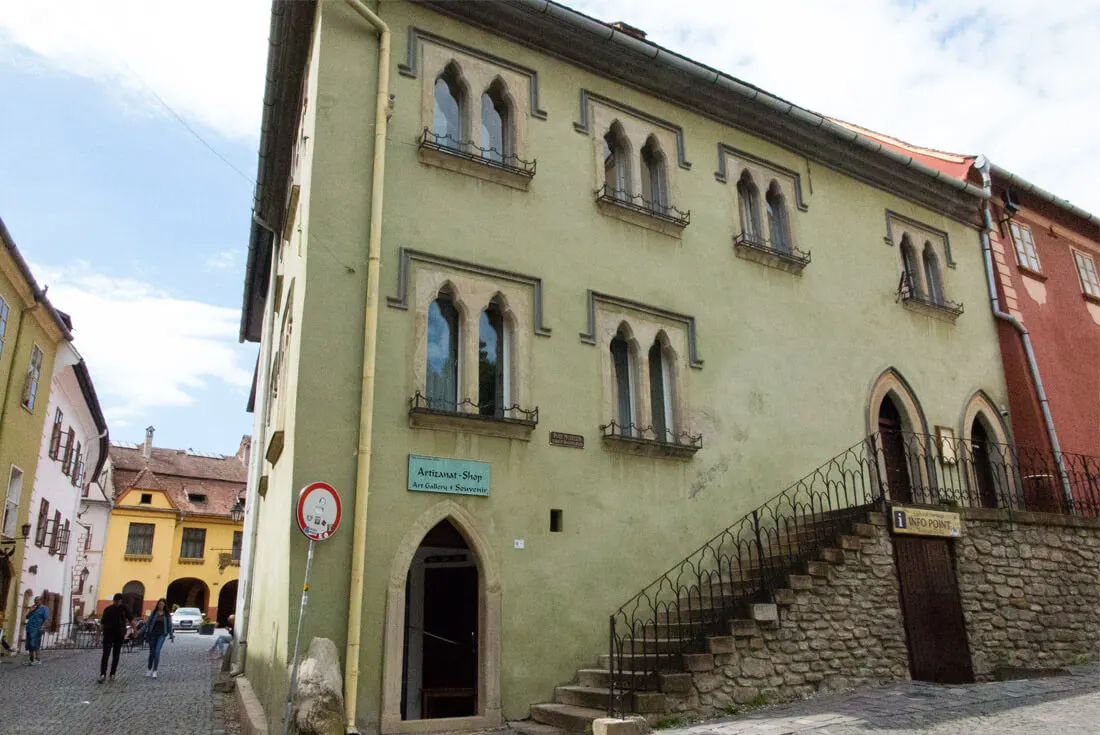
Venetian House: the legend says the house was rebuilt in a Venetian Style to accommodate the sorrows of an Italian young lady who married a Romanian and missed her homeland.
In fact, you may trace the medieval fortifications by visiting the 9 towers that have been preserved. These are:
- Blacksmiths’ Tower (Turnul Fierarilor)
- Cobblers’ Tower (Turnul Cizmarilor)
- Tailors’ Tower (Turnul Croitorilor)
- Furriers’ Tower (Turnul Cojocarilor)
- Butchers’ Tower (Turnul Macelarilor)
- Ropemakers’ Tower (Turnul Franghierilor) – walk up to it on the unique covered wooden staircase called The Scholar’s Stairs from the 17th century, which was built to facilitate and protect schoolchildren and churchgoers walking up, mainly during wintertime. On the hill, you’ll also find The Church on the Hill – an old Gothic Church (the interiors haven’t been preserved unfortunately) and the neighboring old Saxon cemetery.
- Tinsmiths’ Tower (Turnul Cositorilor)
- Tanners’ Tower (Turnul Tabacarilor)
- And of course the Clock Tower (Turnul cu Ceas)
If you have enough time, track each of these towers down, each looks like a little medieval castle!
Here’s also a nice summary of the things to do in Sighisoara.
What to see around Sighisoara
Saschiz
A tower similar to the Clock Tower in Sighisoara stands here till this day as the only one of all that formed part of the fortifications of a church right next, in the village of Saschiz. Here, the Gothic cathedral served for defense purposes of the Saxons. Above the main nave of the church, there’s another level, built entirely from wood (made sturdier today with metal parts), where men would fight to defend the church. In case of an attack, women and children would hide underground.
Biertan
Another fortified church in a lovely sleepy village called Biertan, and a UNESCO World Heritage site since 1993. It’s here where Saxons first settled in Transylvania in the 13th century. The main point of pride for Biertan locals is the old wooden door featuring an intricate opening mechanism inside the church made originally in 1515. In 1889 the door won an award for being the best invention on Paris Expo.
Rupea Fortress
Originally an ancient fortress from 550 BC built on a hill halfway between Sighisoara and Brasov, Saxons took over it in the early 14th century and made it their administrative capital of one of the Seven Saxon Seats of Transylvania.
Even if you’re not a history buff, you’ll love this fortress. It’s built in a spiral shape and offers interesting little nooks and corners together with breathtaking views of the surrounding countryside.
If you decide to spend a night or two in Sighisoara, I can highly recommend the 4-star Fronius Residence. The location could not be more perfect as it’s right in the Citadel! The hotel only has 7 rooms. I enjoyed staying there but bear in mind there’s no elevator and some of the stairs are a bit steep.
Check out also this guide on all things Romania travel.
Brasov
Come here for:
- Exploring the surrounding areas, including the “Dracula castle”
- A modern Romanian city
- Nature & Adventure
Most people spend a night in Brasov just because it’s near the famous Bran Castle. But that’s not what you should do if you’re interested in the real modern Transylvania! Another medieval city taken over by the Saxons as their base on a trade route between the Ottoman Empire and Western Europe, Brasov is also quite modern and green.
There are hills surrounding it so you won’t lose sight of greenery wherever you happen to be within the city. Look up to the hill above the main square (called Tampa mountain) and you’ll see a glowing Hollywood-like sign which reads “Brasov”. Brasov is playful too, you know :)
There are quality restaurants and cool cafés. You’ll find that their gelato is to die for as well as the famous cinnamon roll, called Kürtős kalács (chimney cake).
Here are the main sights you shouldn’t miss when in Brasov:
Council Square / Town Hall Square (Piata Sfatului)
Brasov’s wide pedestrian-only main square is lined with hotels, restaurants and cafés. There’s a fountain in the middle and an old town hall from the 13th century now housing Brasov History Museum. It’s hard to believe that during the Communist times this picturesque square served as a parking lot!
The Black Church
This Cathedral is unmissable. It occupies the southwestern corner of the square and you can easily recognize it by its size and color (as you’d probably guess – it’s black). Owing the color to a disastrous fire in 1689 that nearly wiped the whole city out, it took almost 100 years to fully restore it. There’s always been a church on this spot, but history wasn’t kind to it, and thus the current structure comes “only” from the 15th century.
The Black Church is apparently the largest Gothic church in Romania and the largest church between Vienna and Istanbul. Inside, the interior is mostly Baroque, as the original Gothic fixtures couldn’t be restored.
I didn’t visit the church, but if you have the chance I highly recommend doing so. There you’ll see an impressive 4000-pipe organ and a unique collection of 110 Anatolian carpets. These rugs were donated by German merchants in the 17th and 18th centuries and represent the largest collection of its kind in Europe.
Strada Republicii
A long pedestrian boulevard dominated by summer terraces – that’s Strada Republicii. There’s yet another level to the Strada, though. Most of the houses possess picturesque backyards. So don’t shy away from checking out a few of them – there are usually some restaurants, cafés or hotels so you wouldn’t disturb anyone’s privacy.
Towers and fortifications
Brasov, too, is originally a fortified medieval city. The Council Square lies at the very heart of the fortifications. Even though you wouldn’t see the fortified wall anymore, as it was taken down in the 19th century to allow for the town’s expansion, there are many defensive towers still standing strong. Among those we visited are the following two:
Catherine’s Gate (Poarta Ecaterinei)
Named after a monastery that once stood in its site, this fairy-tale like gate built in 1559 served for many centuries as the main entrance to the city, and the only entrance gate that the Romanians, who had to live separately from the Saxons, were allowed to use. The gate’s most picturesque features are its unique 5 turrets set over 3 levels.
The White Tower (Turnul Alb)
Steep steps lead up to the White tower on the Warthe hill on the northern side of the city, offering amazing views of Brasov Old Town. The tower was built in the 15th century and is currently a spot for young people to hang out, preferably with a bottle of wine. We stopped by this tower on our way down the hill on rented bikes – so much fun!
For a complete overview of Brasov’s towers, check out Romania tourism’s site here.
Day trips out of Brasov
Base yourself in Brasov for a couple of nights and explore its surroundings. There’s a lot to see! I wish we had a full week there. First and foremost on my list are the following:
Bran Castle (Dracula’s Castle)
The myth created around the Bran Castle, reminding many Dracula fans of a castle the Dracula Count lived in in the famous novel by Bram Stoker, keeps locals perplexed. Vlad Tepes, the ruler of Wallachia known for his cruel methods (impaling), is the one who definitely inspired the writer, who then went a step further and used his wild imagination to create the character of Count Dracula.
But Vlad Tepes never lived in this castle. There’s a small chance he was held captive here for up to 2 weeks, but even that could be stretching the truth.
Still, Bran Castle is well worth visiting, even if you’re not a fan of Dracula or can’t be bothered with Dracula references. The castle is surprisingly compact and features many more or less hidden passageways, both above ground and under.
While the timbered rooms can’t boast too much interior décor, there are interesting objects on exhibit, ranging from weapons to furniture to armor from the 14-19th centuries.
The position of Bran Castle is more than strategic, not just thanks to the convenient placement on a rock – in the 14th century the castle served as a customs ground, collecting provisions for goods coming in and out.
For info on directions, read this post on how to get to Bran Castle from Brasov.
Peles Castle
Peles Castle is, in my opinion, much more breathtaking than Bran Castle. It’s also much more complete inside, with many intricate and expensive decorations, as well as high-tech features.
Built in the 19th century, this castle was a property of the royal family and it shows. They didn’t have to cut corners!
The river below, also called Peles, provided electricity and that allowed for many technical advances uncommon at the time of building. There’s e.g. a central vacuum cleaner built over a 100 years ago! The engine of it sits 2 floors beneath. It also has a motorized elevator which was similarly rare for that time.
But there’s more. Of course there was a telephone line, central heating.. and even a sophisticated natural air conditioning system! The fireplaces which you can see in several rooms are, in fact, just for decoration purposes. A hidden door in the library room leads to passages inaccessible to public.
And get this – the Peles castle even boasts an electric stain glass ceiling. In the case that the king got bored with looking at the stained glass, he could have the ceiling opened and watch the stars!
I was awestruck by all these high-tech qualities. Even Nikolai Ceaușescu, Romania’s ill-famed Communist dictator, wanted to spend more time here. The megalomaniac he was, he wanted to modify the décor to his liking. But the caretakers were smarter – knowing Ceaușescu’s paranoia, they told him there was dangerous mold spreading in the wooden fixtures all over the castle. Fortunately that clever tactic worked. In fact, there was a certain kind of mold on the wood, but it was a harmless one.
The castles of Bran and Peles are inarguably two of the most impressive Romanian castles.
If you’d like to see Bran and Peles Castles, and also more of the Balkans, here’s a great 2-week Balkan itinerary.
Piatra Mare Mountains (Masivul Piatra Mare)
After all the city trips, I’m sure you might be craving some nature adventure right?
The Piatra Mare is a small mountain range located just a few miles away from Brasov. Even though it’s one of the best hiking options outside of Brasov, you’ll meet only a handful of locals. We were led by the delightful Kosmin – a guide and the national park ranger in one. He told us many fascinating stories about the forests and their main inhabitants: the bears.
A heavy rain caught us slightly unprepared, but it was then even more fun to switch from hiking to having a forest picnic in a wooden gazebo. We were like little kids, listening to Kosmin’s suspenseful stories of meeting bears and putting his life in danger.
Kosmin will help any open-minded traveller to truly connect to the nature and become more observant of its beauty.
In Brasov, a hotel that I highly recommend is the 3-star Casa Albert. It’s tucked away in a lovely courtyard off the Strada Republicii. I felt like a queen in my perfect room and wide bed.
If you need to know the money part of a trip to Transylvania, check out this guide on the cost of travel in Romania.
Visiting these three cities in the heart of Transylvania, will not only give you all the satisfaction a traveller to Romania might expect, but at the same time you’ll be able to get a good glimpse of what the cities and the people who live in them, are like. You’ll learn about the real modern Transylvania and the history that shaped it. You’ll know how important the region has been for the whole country.
Have you been in any of these cities? If not, which one initially sounds the most enticing to you?
Here are some pins for you if you’d like to pin this post for later:
Disclosure: Veronika of TravelGeekery visited Transylvania on a sponsored trip organized by the boutique tour company JayWay Travel. Her opinions are, as always, her own and unbiased.

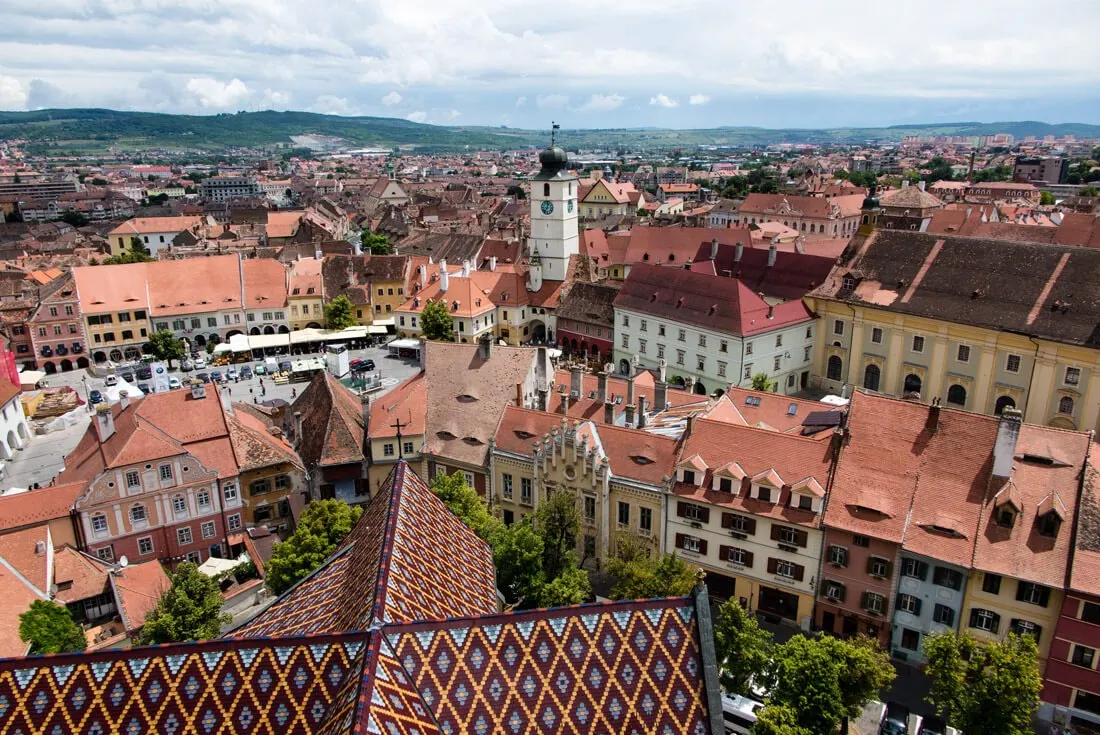
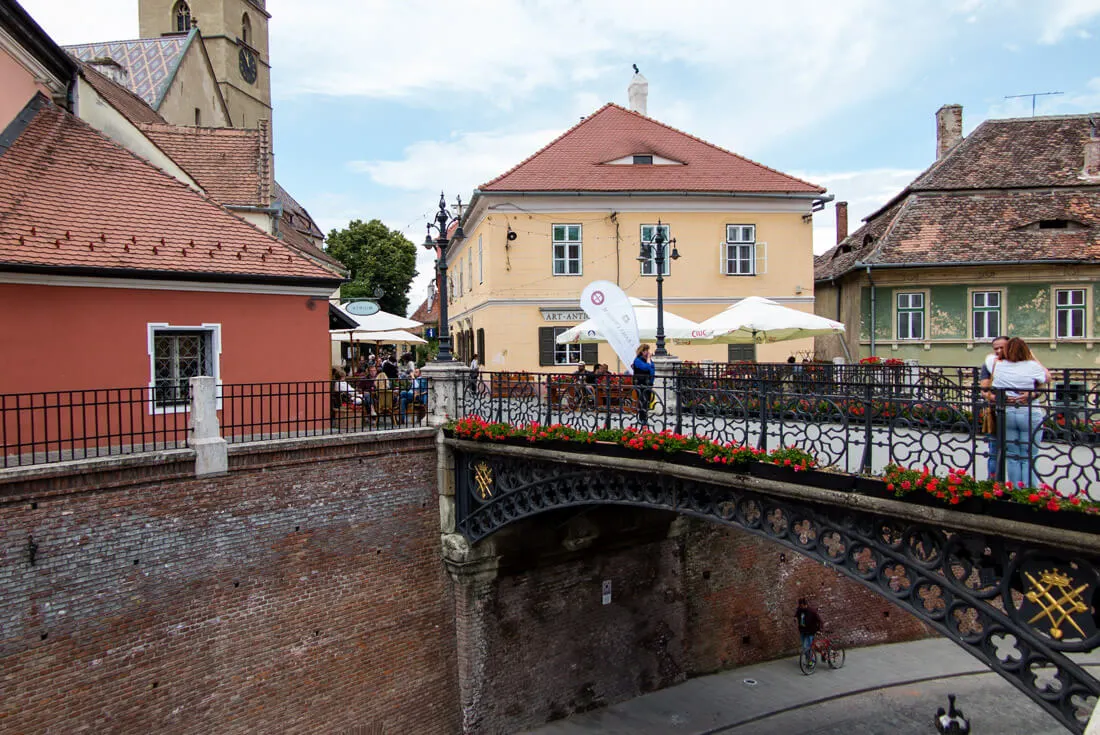
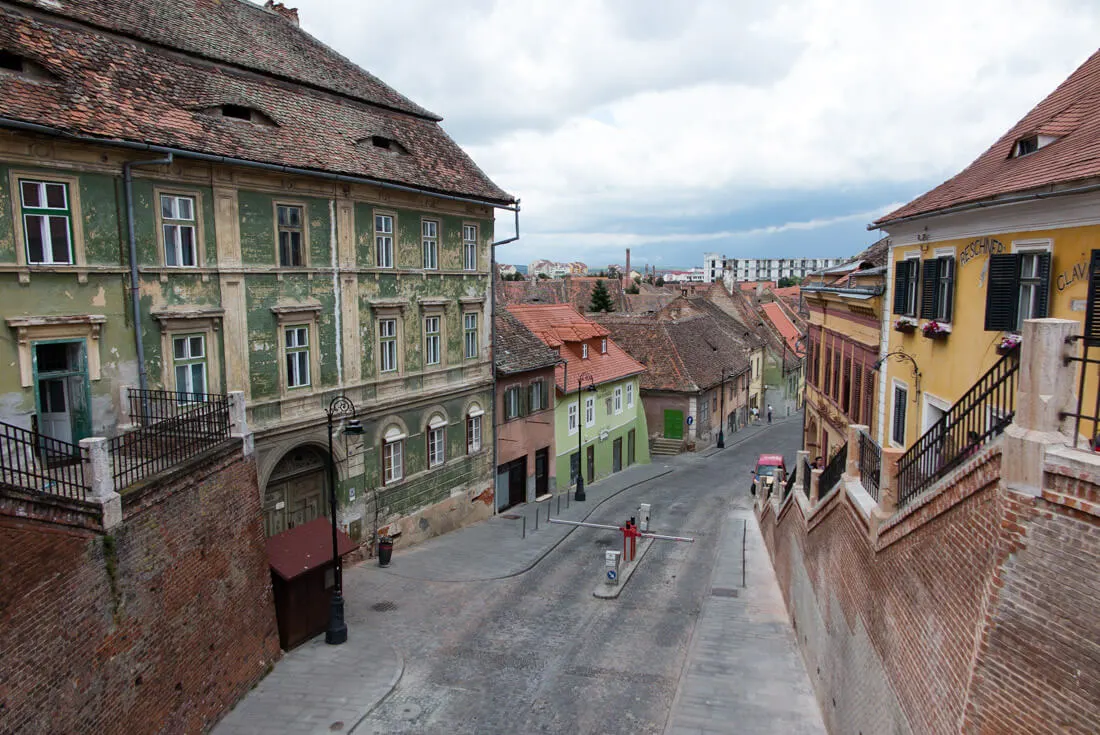
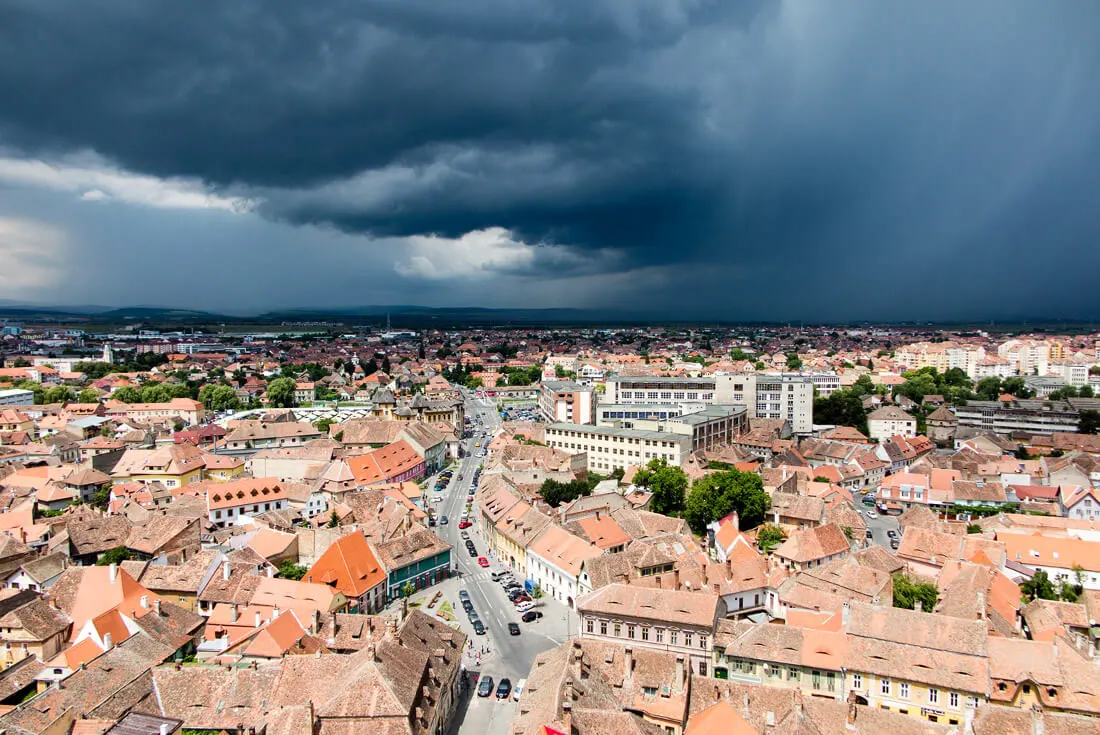
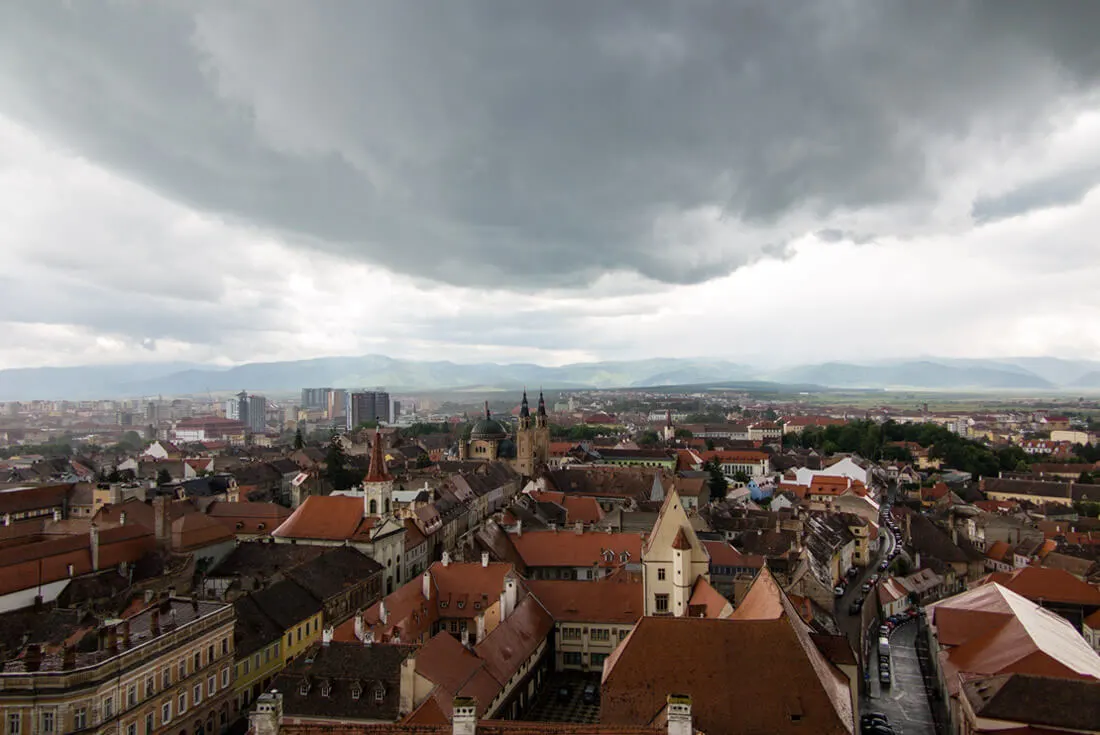
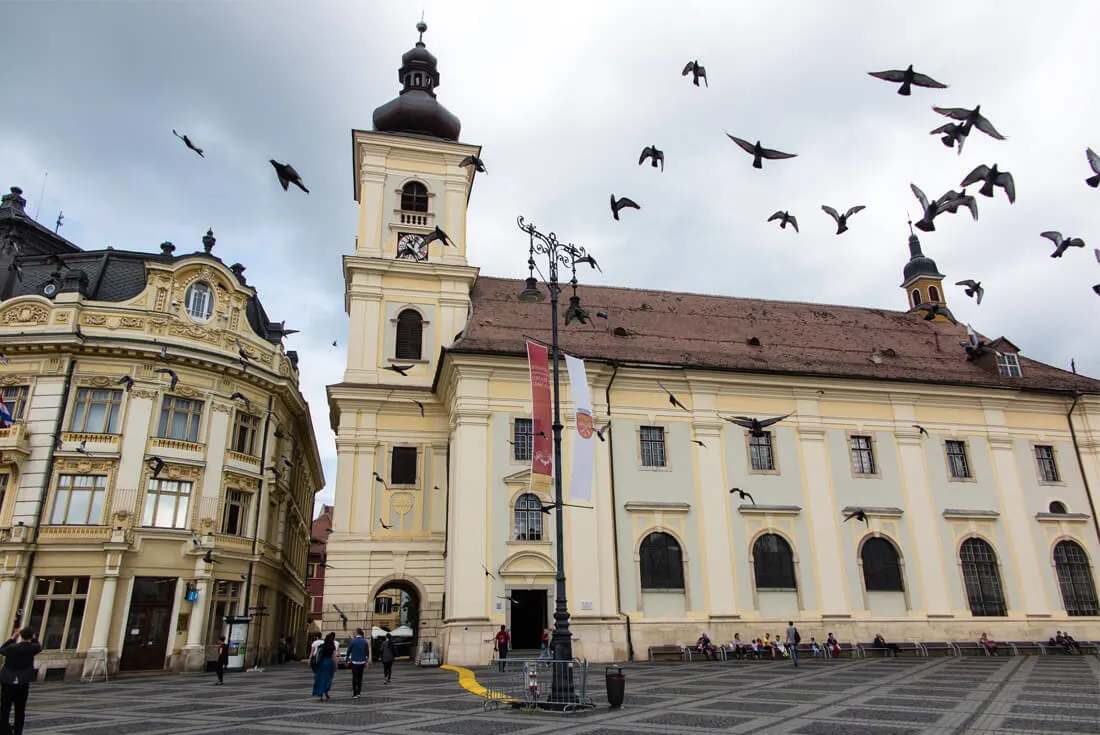
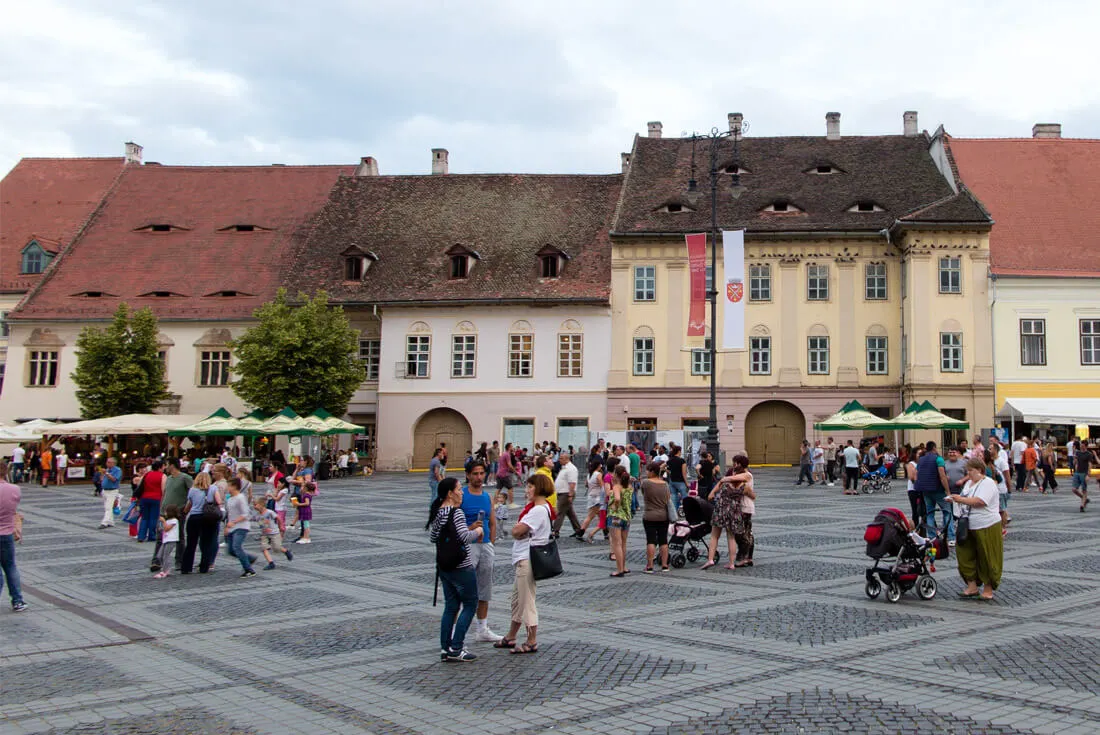
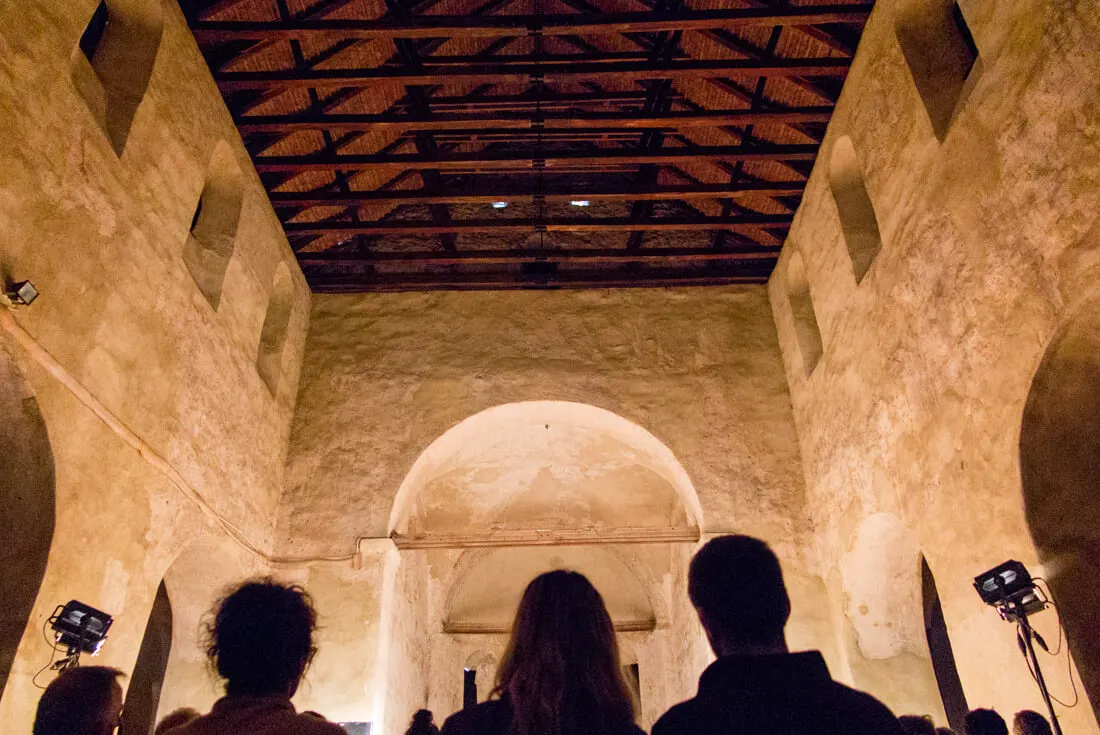
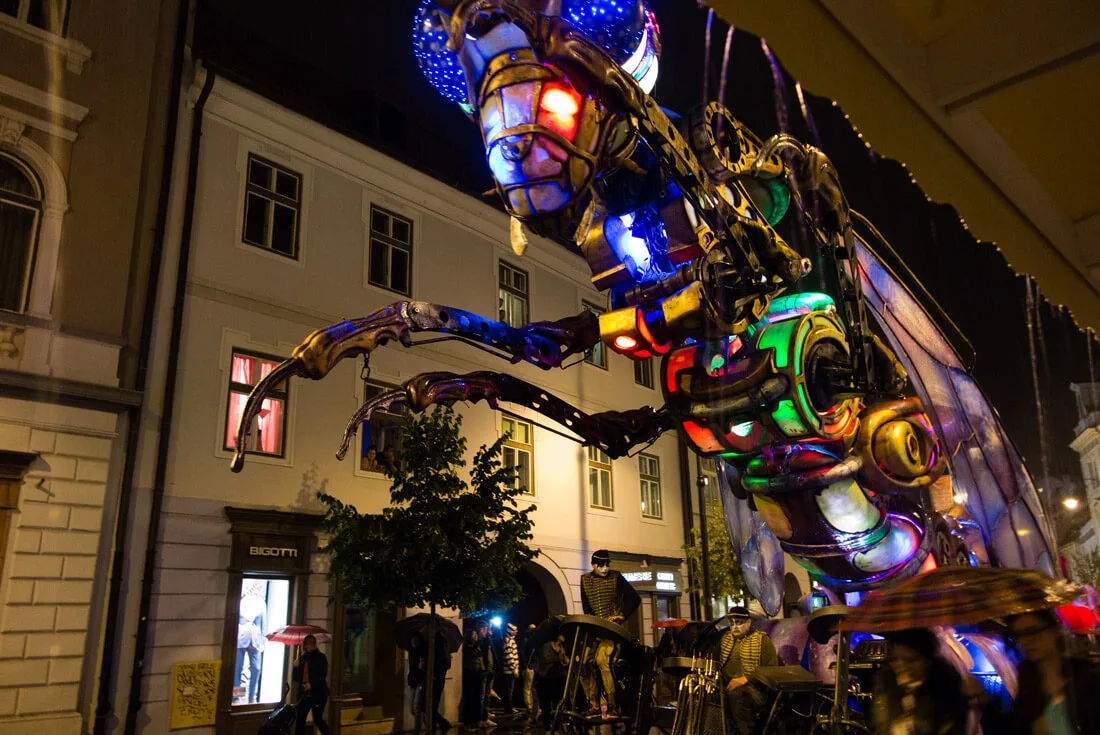
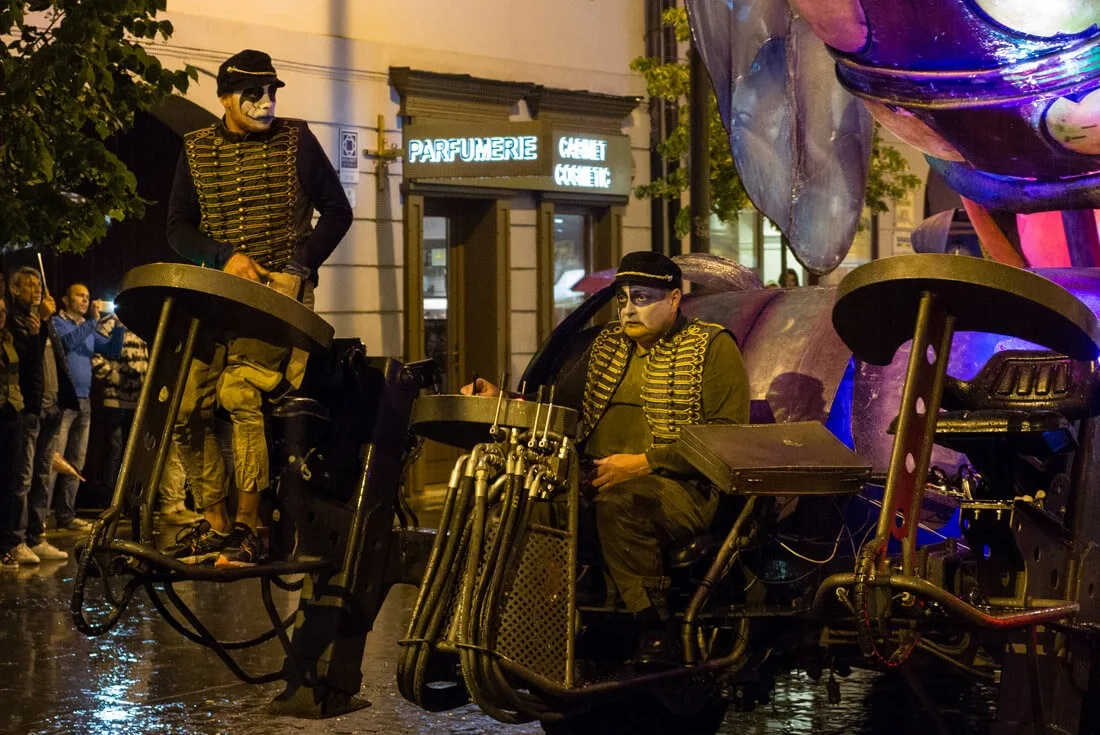
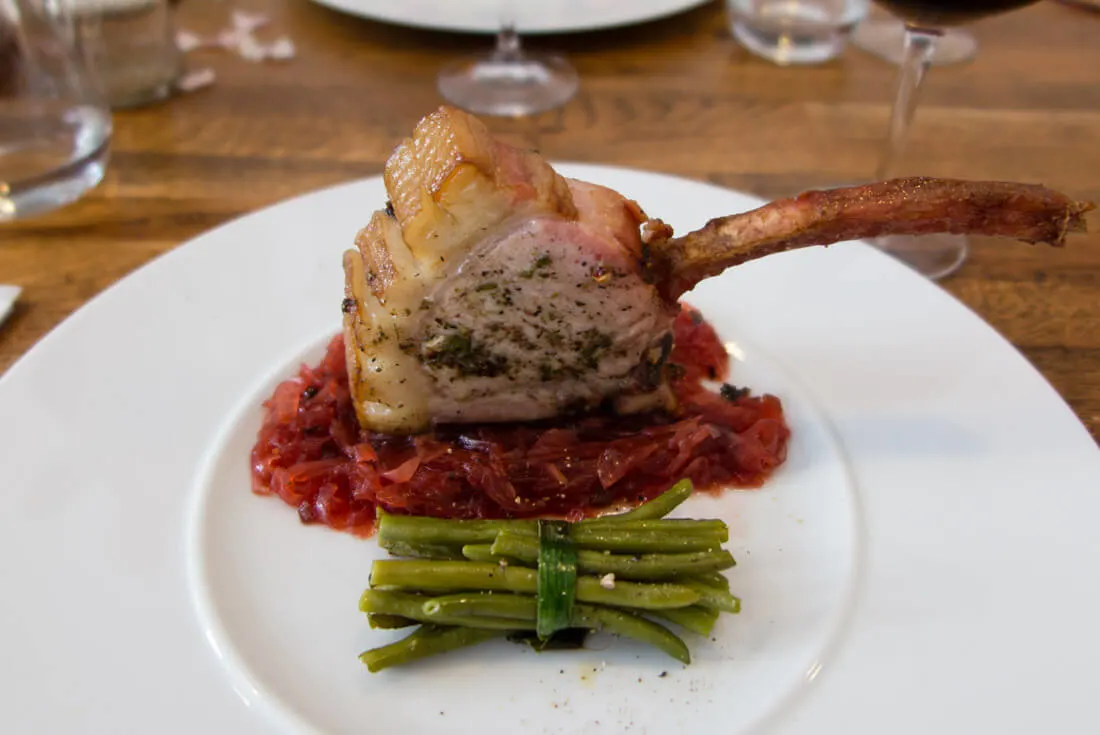
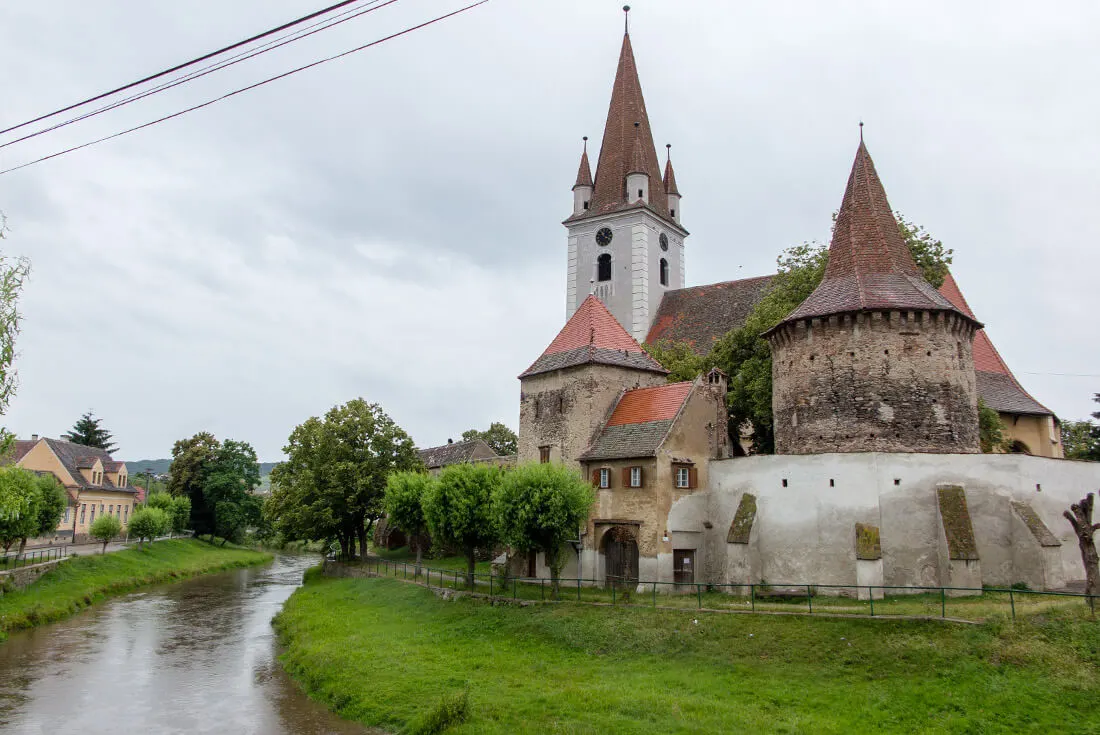
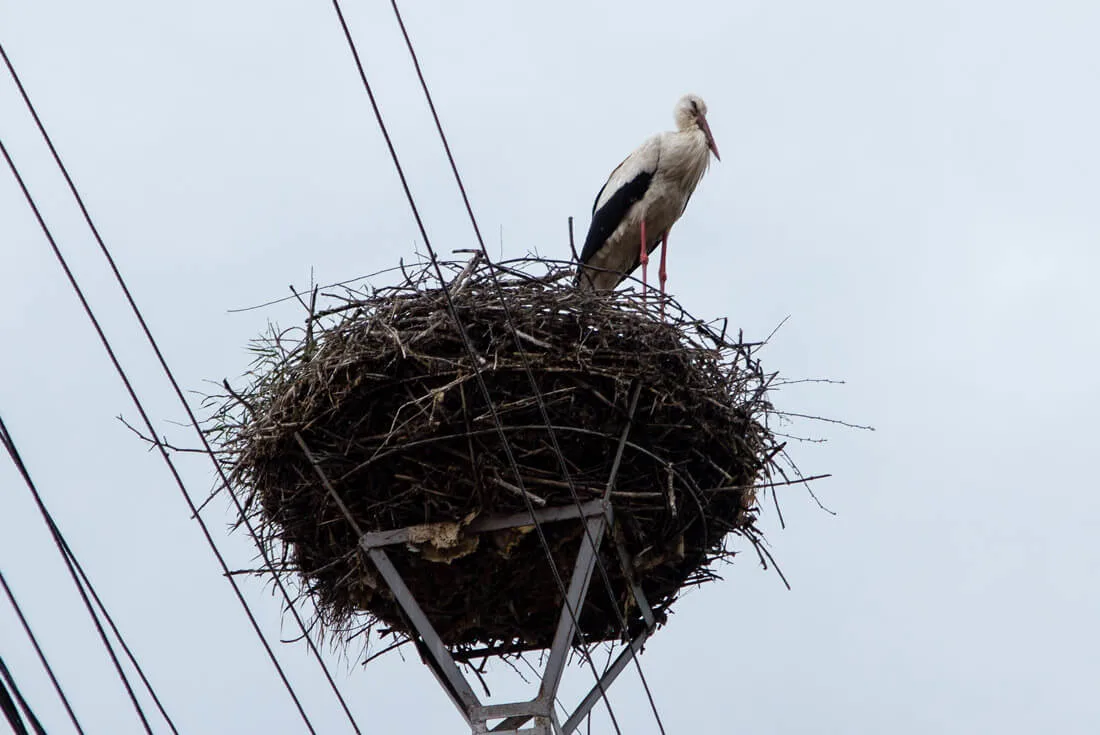
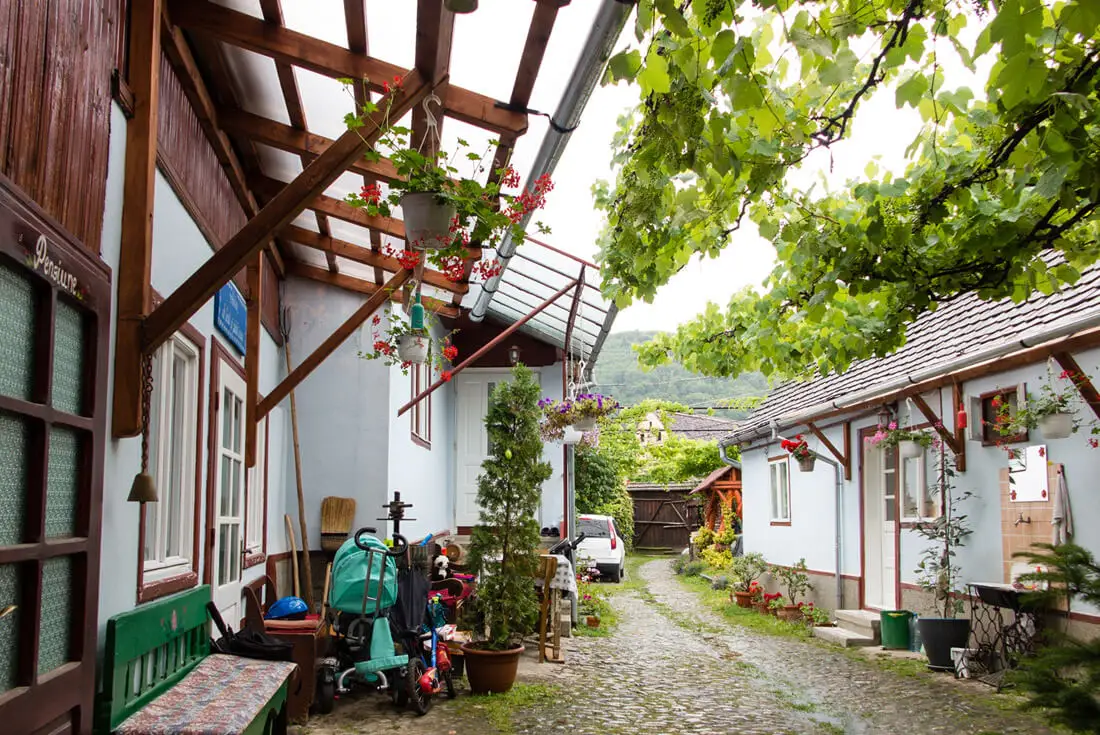
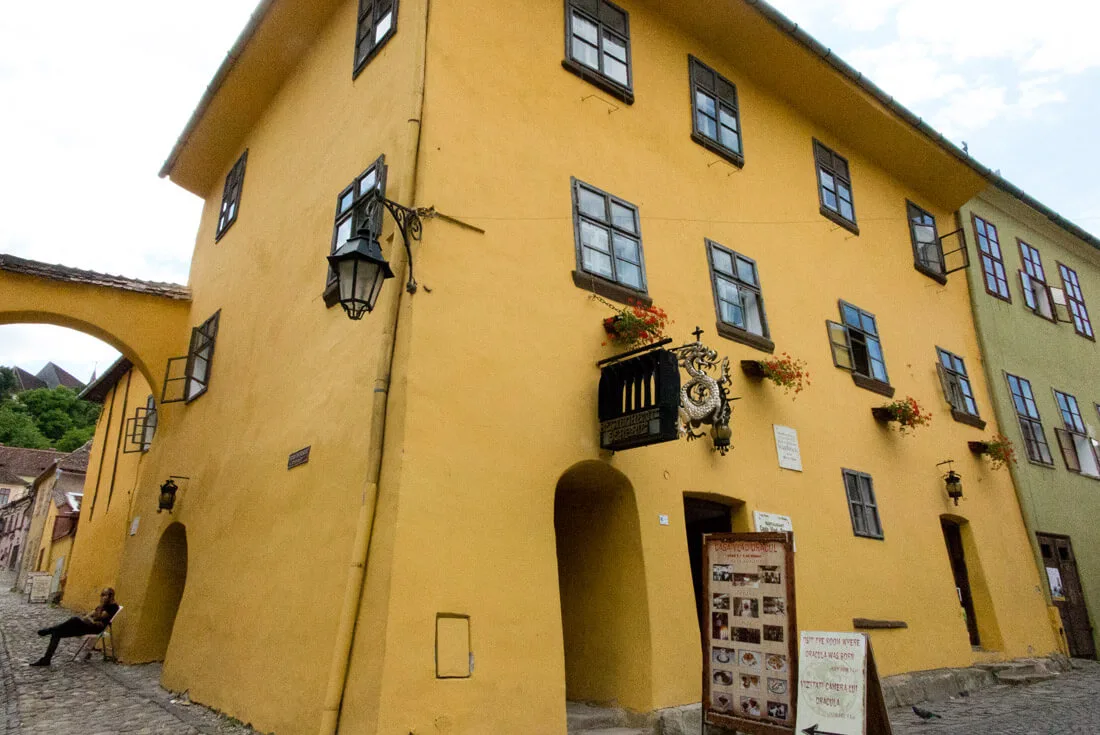
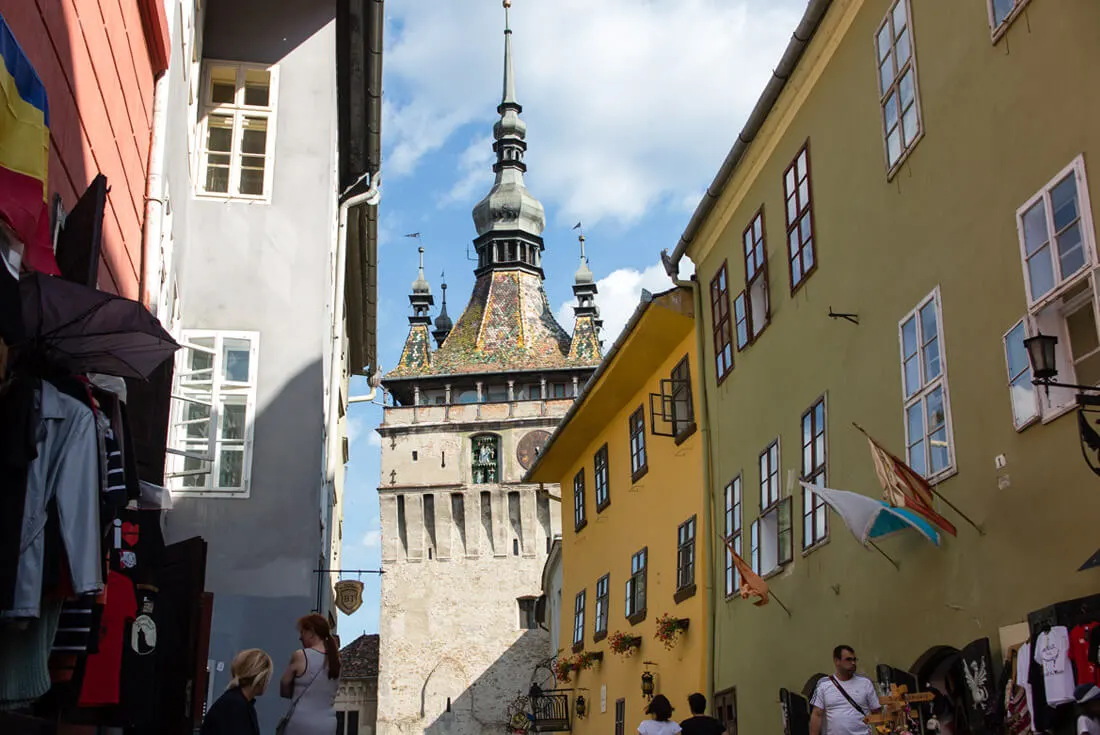
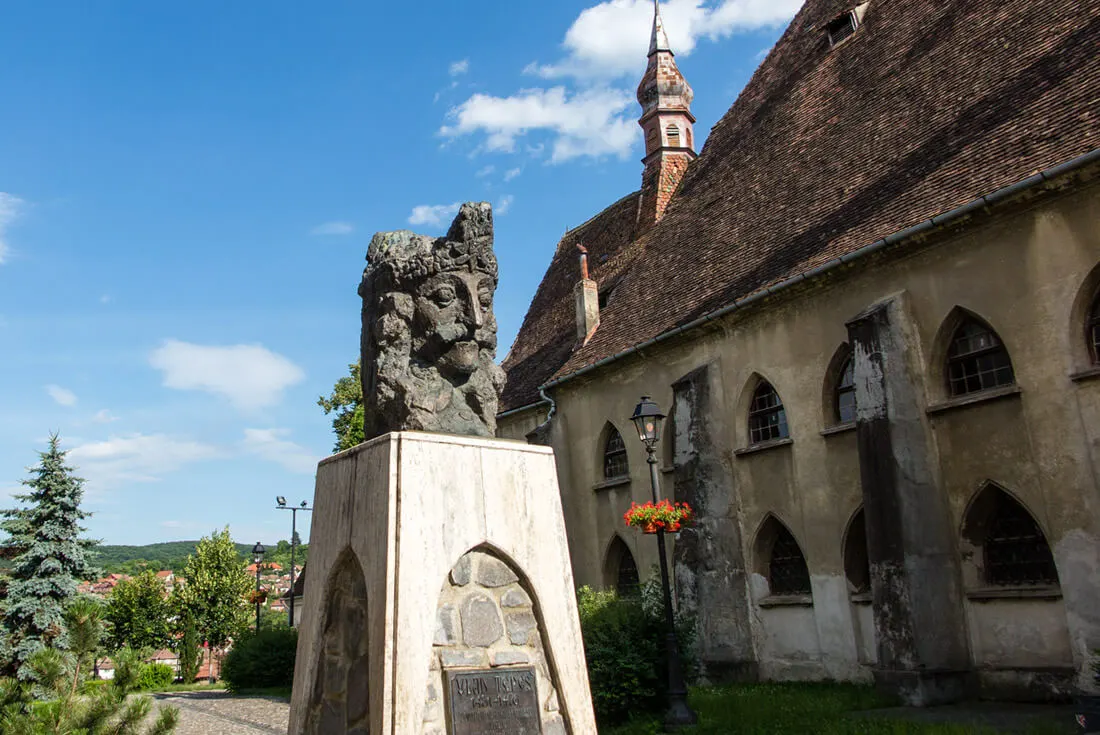
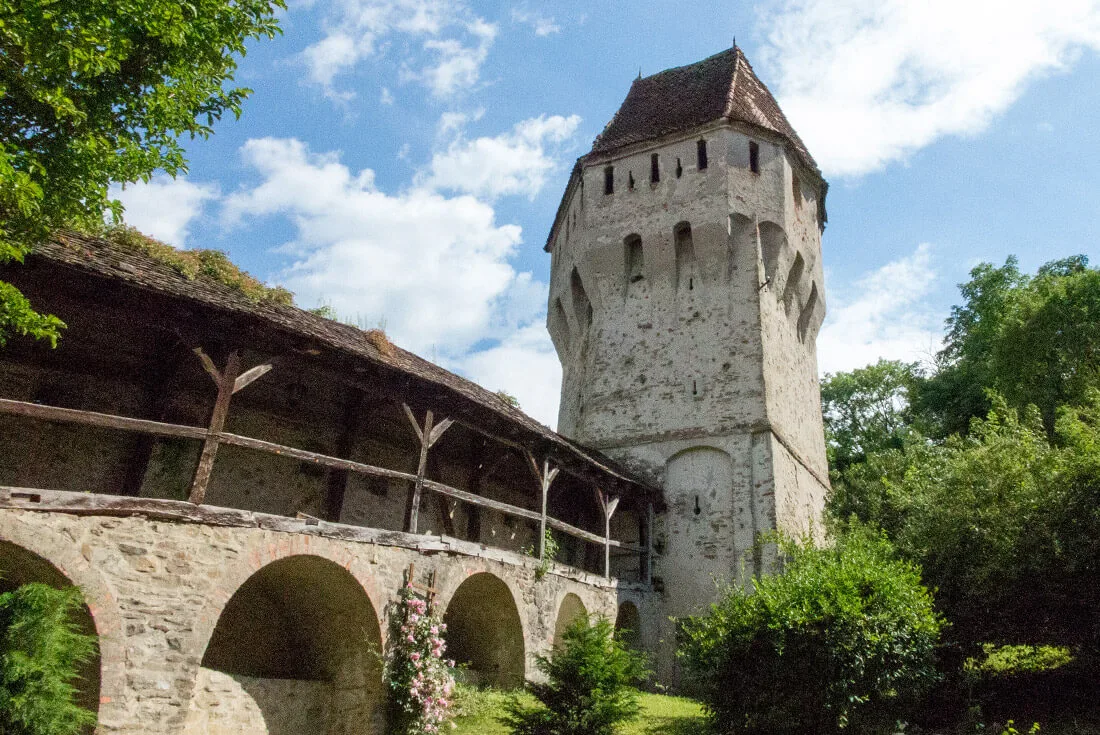
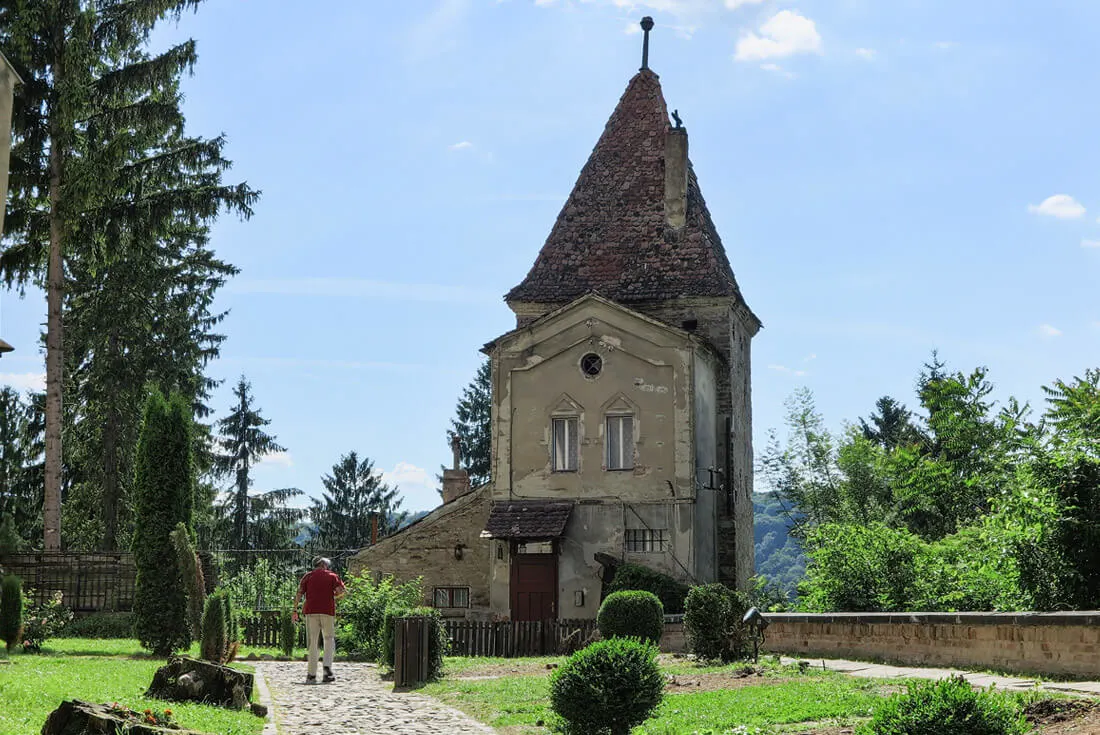
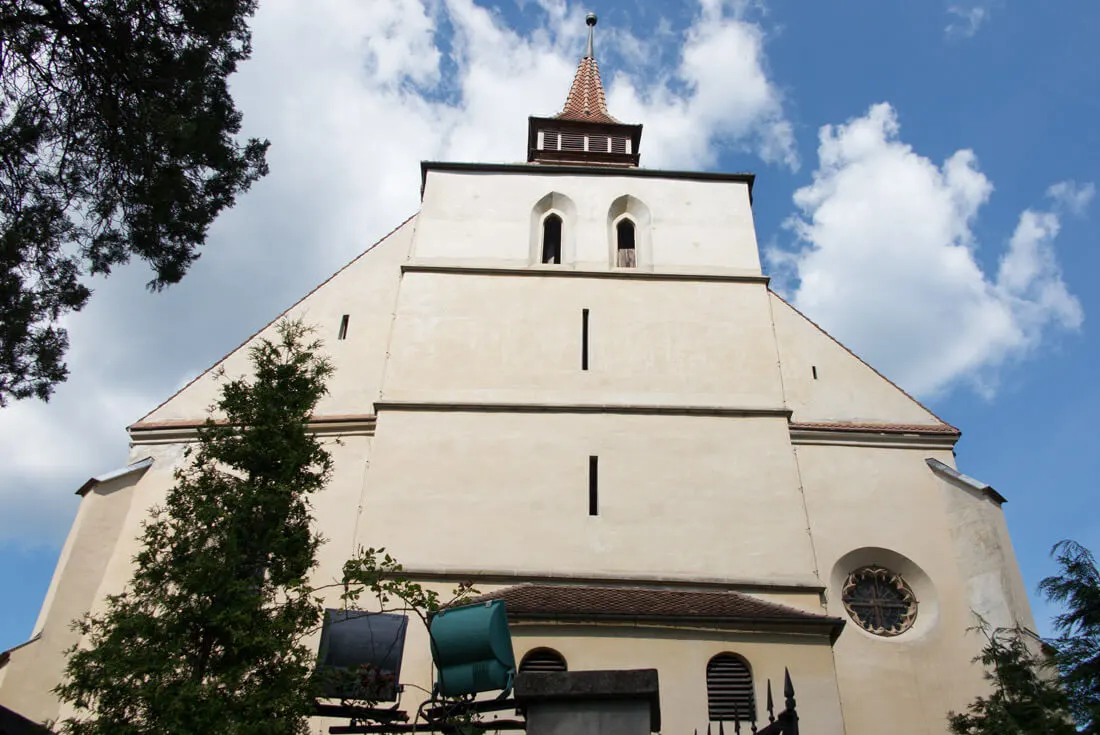
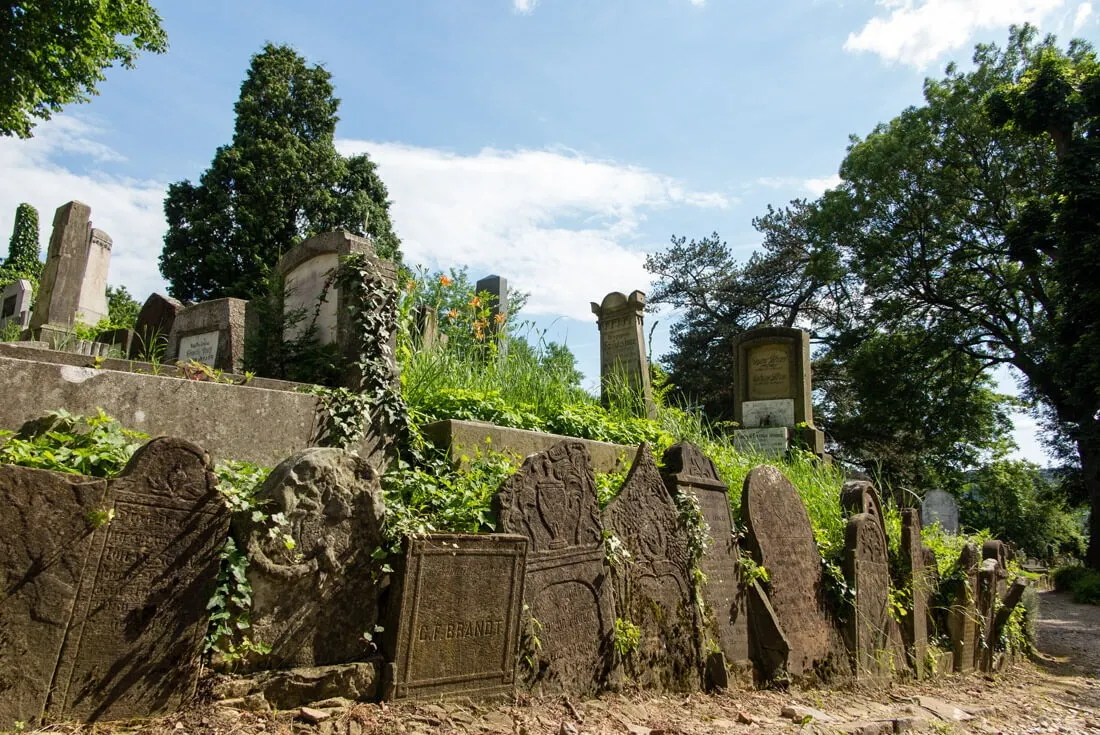
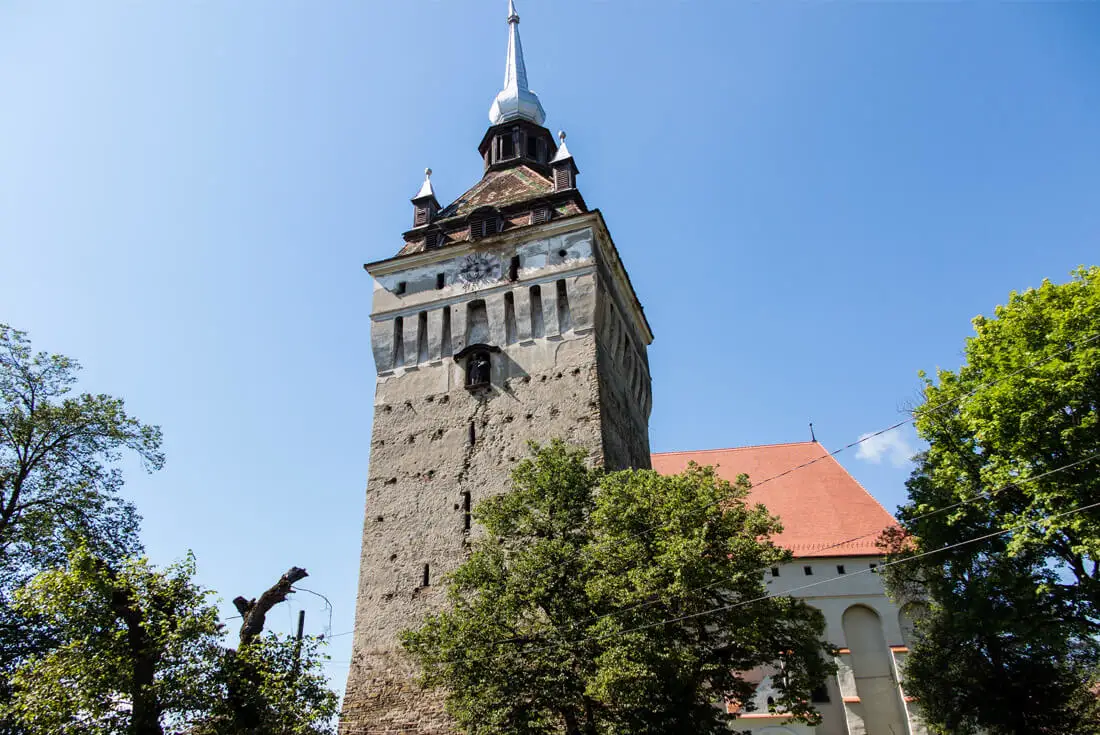
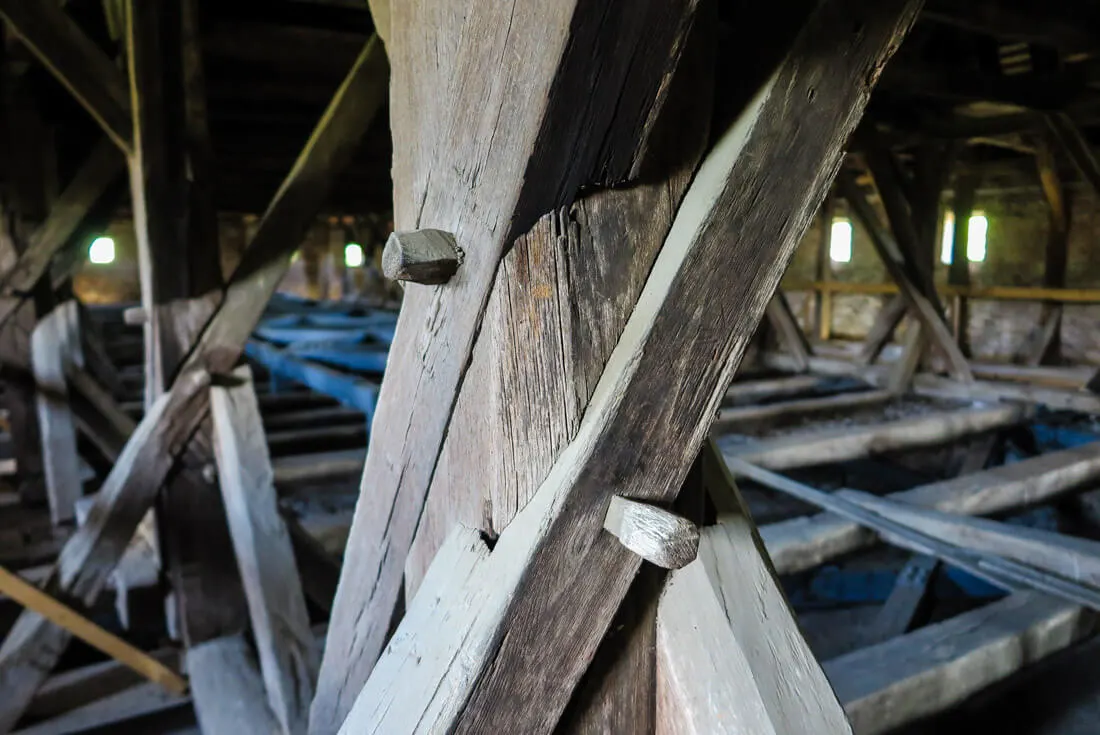
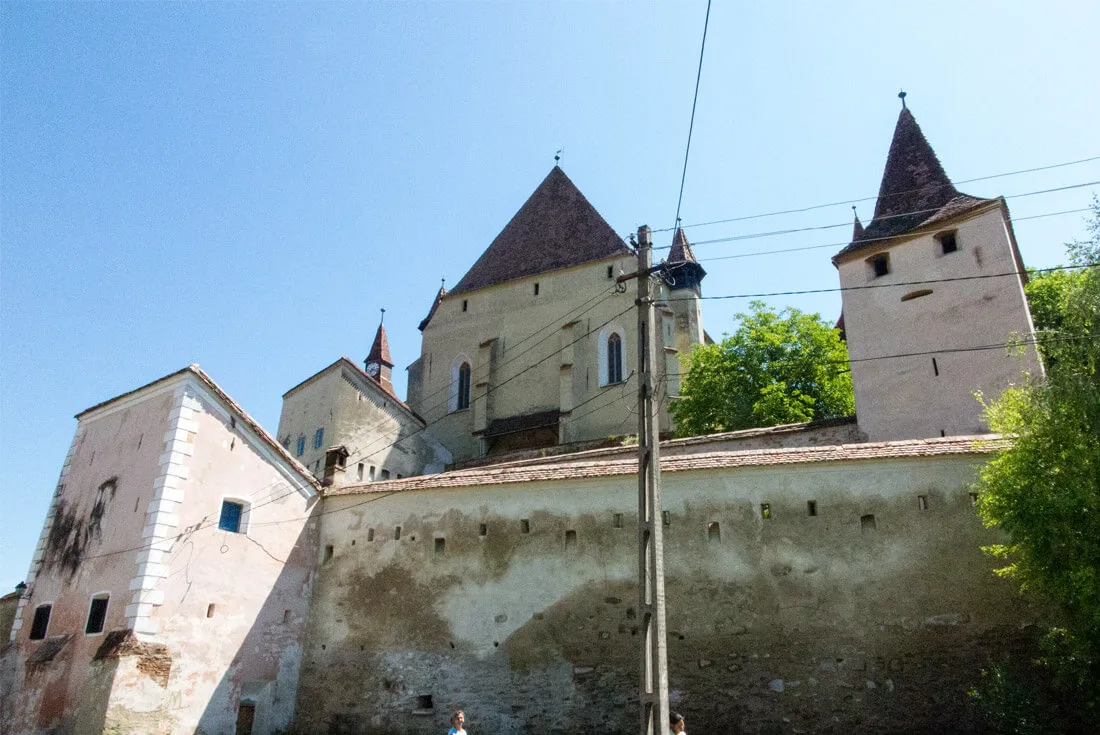
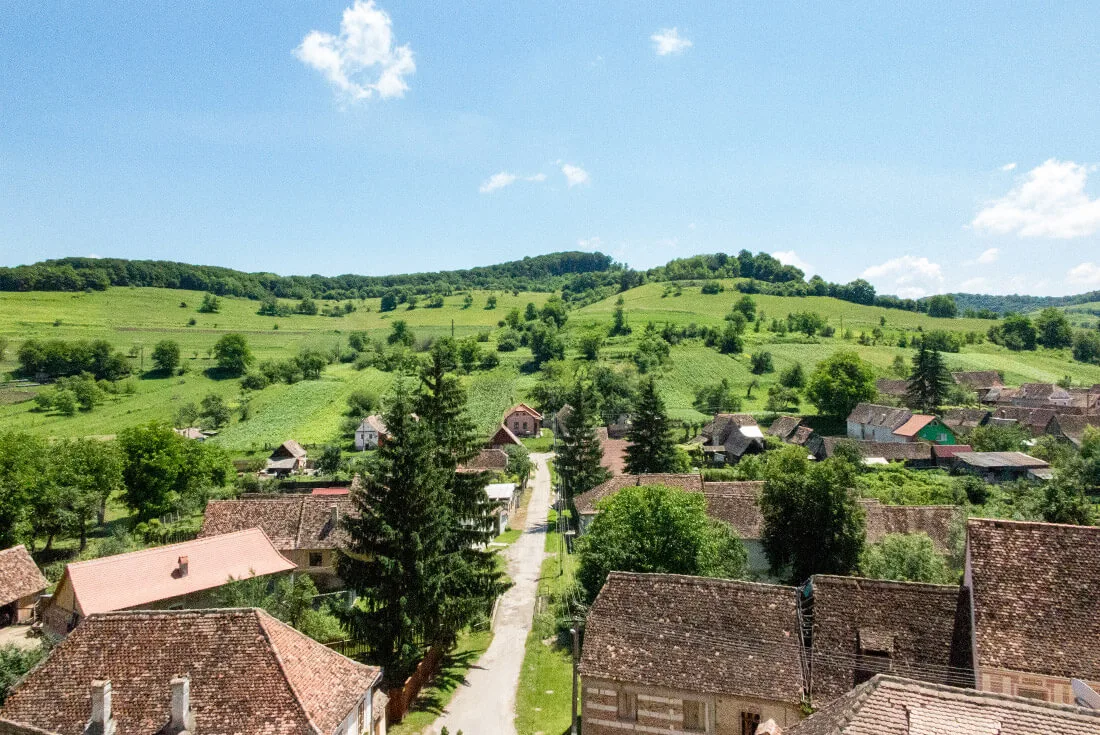
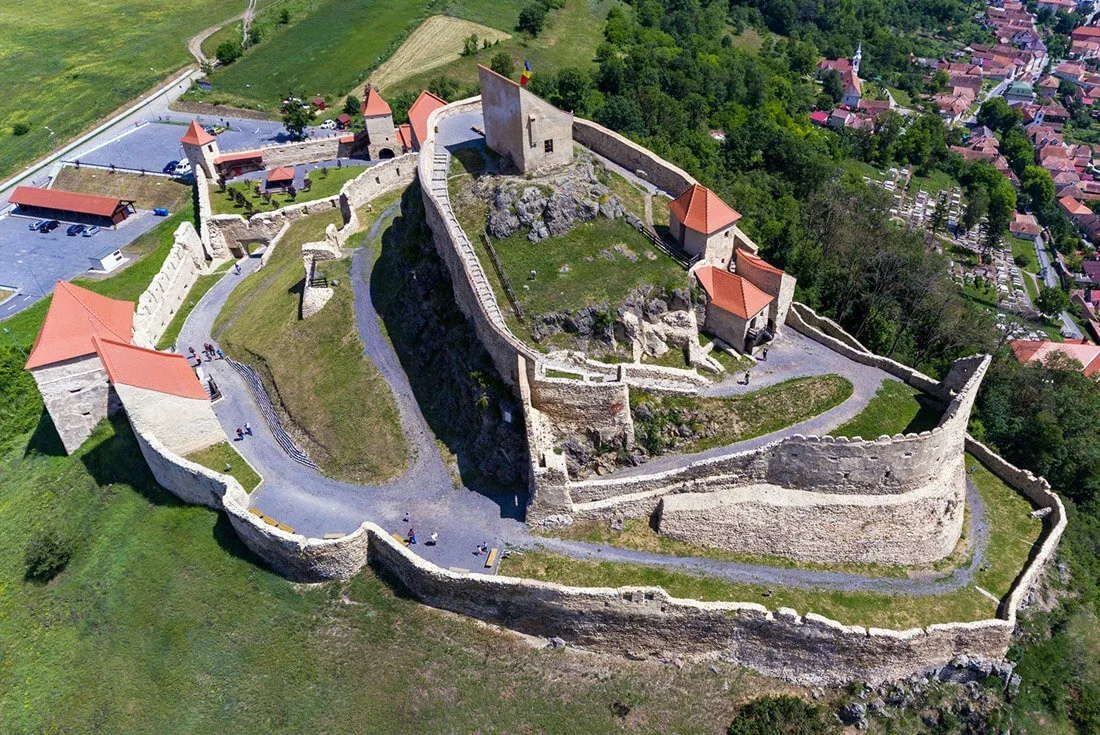
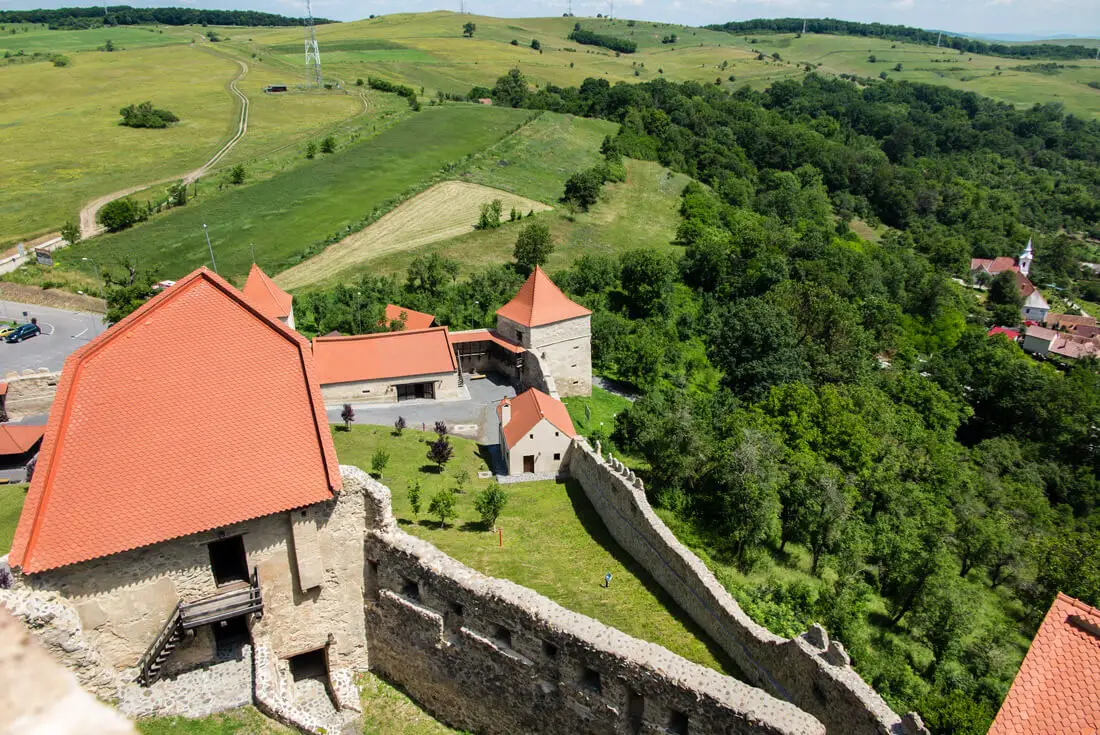
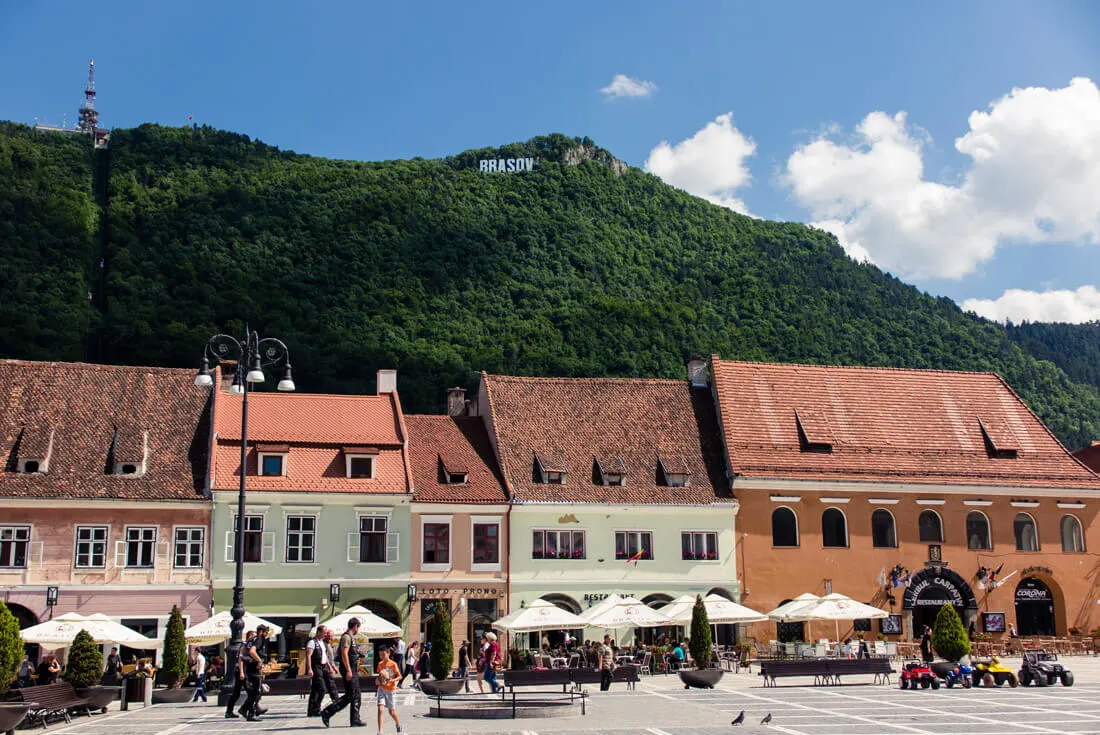
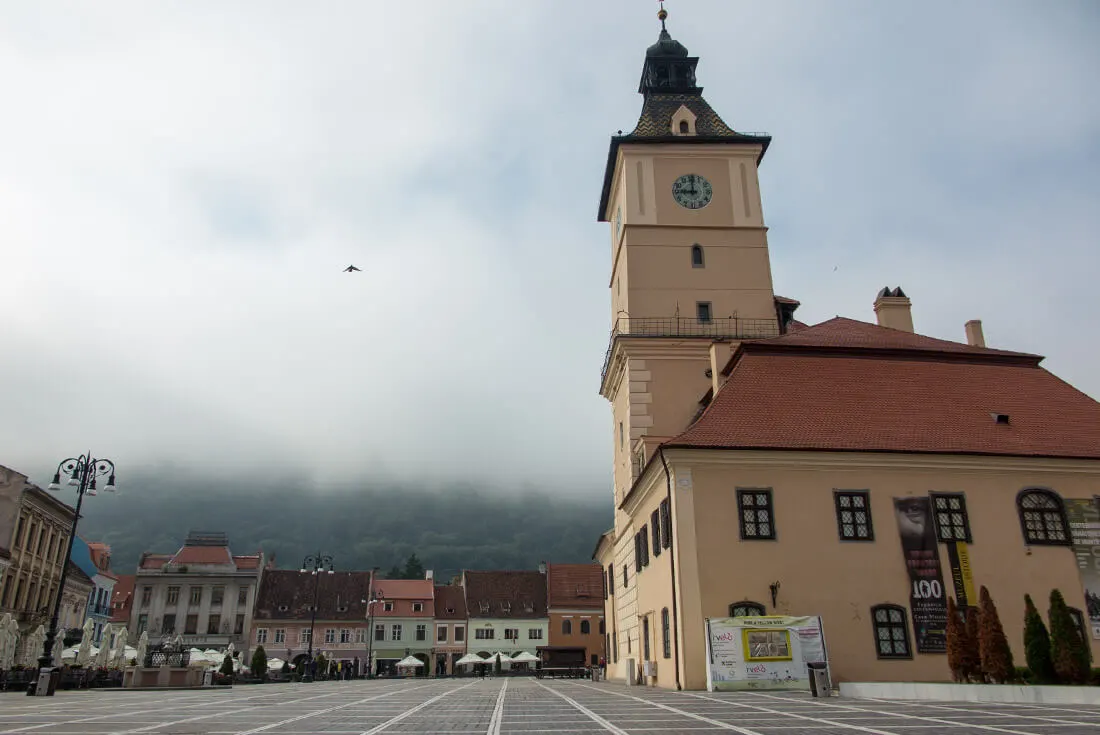
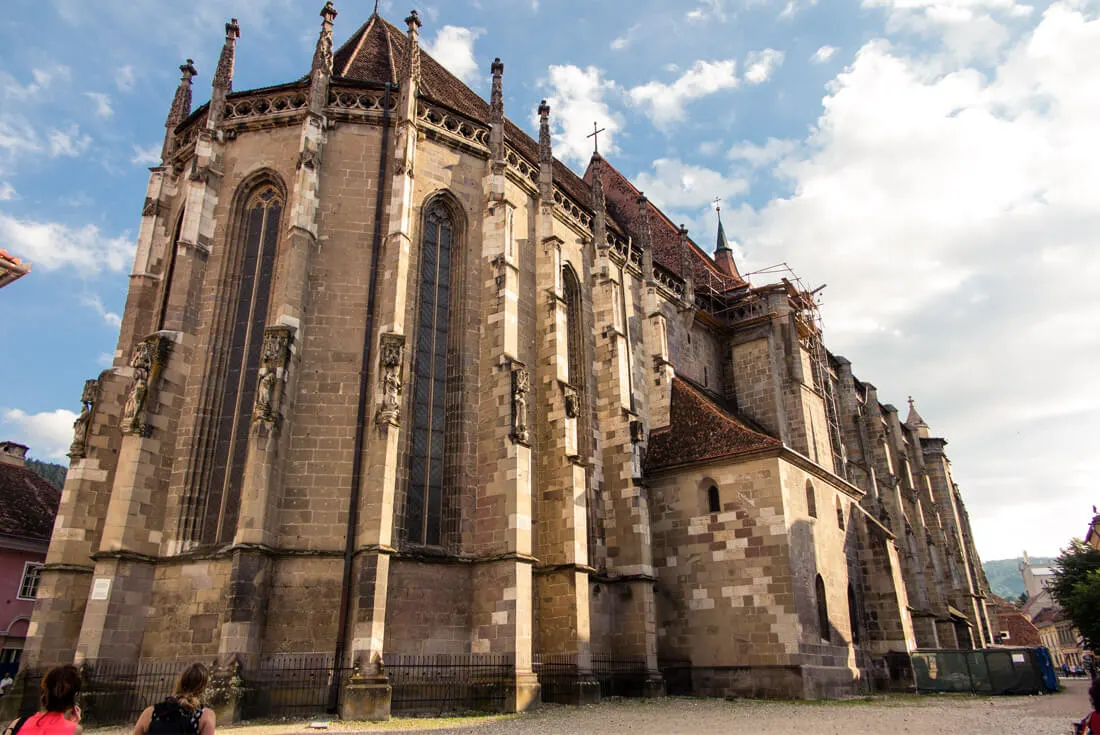
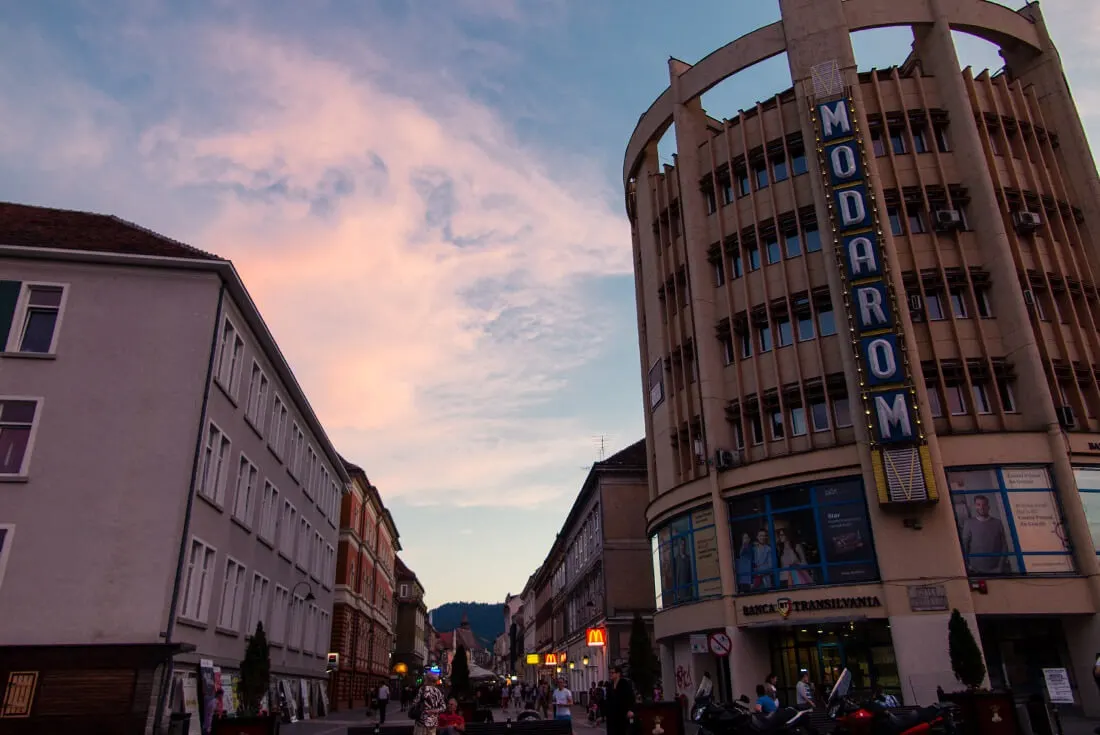
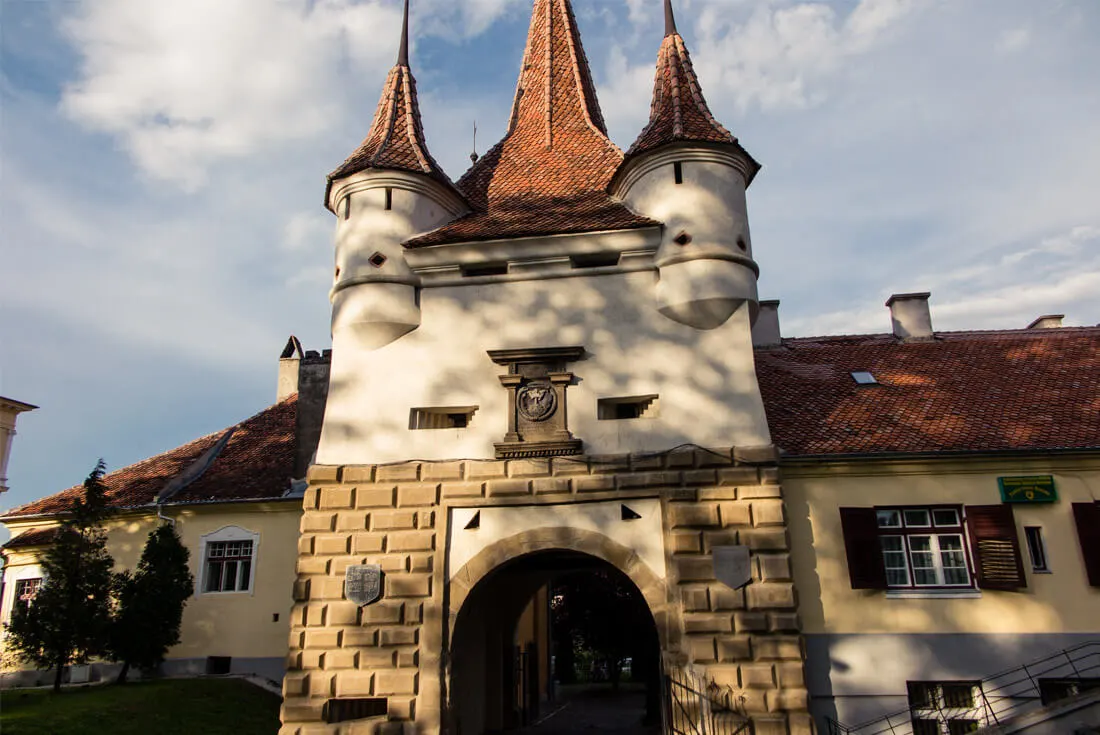
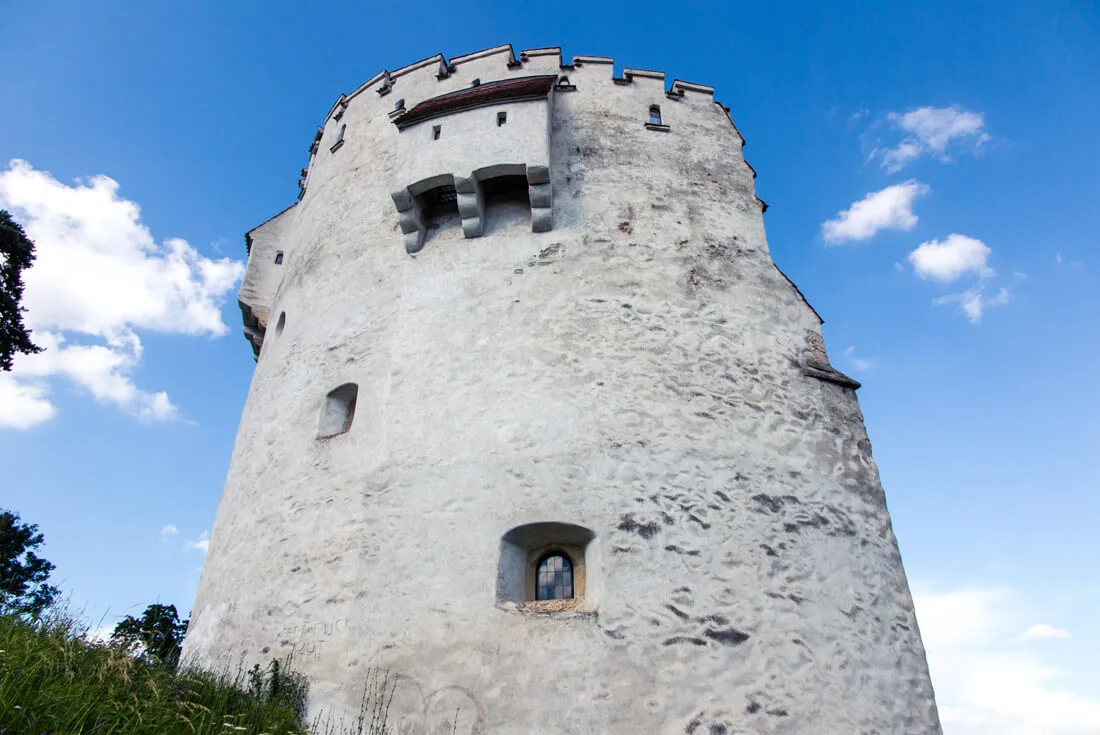
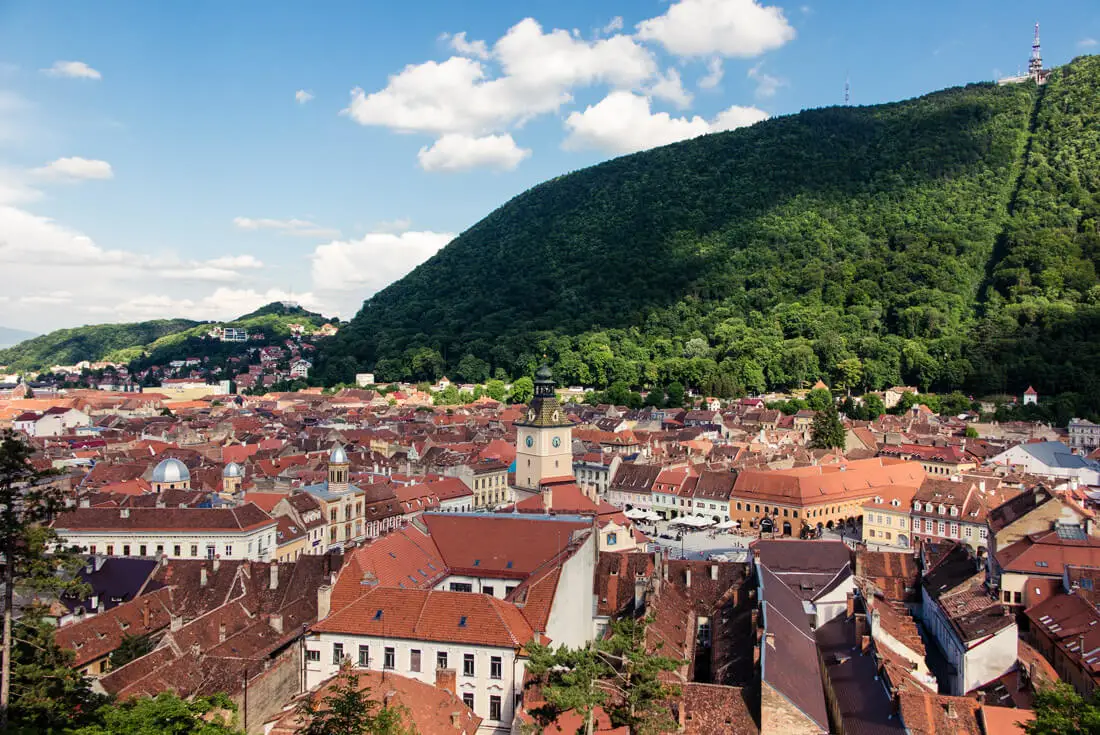
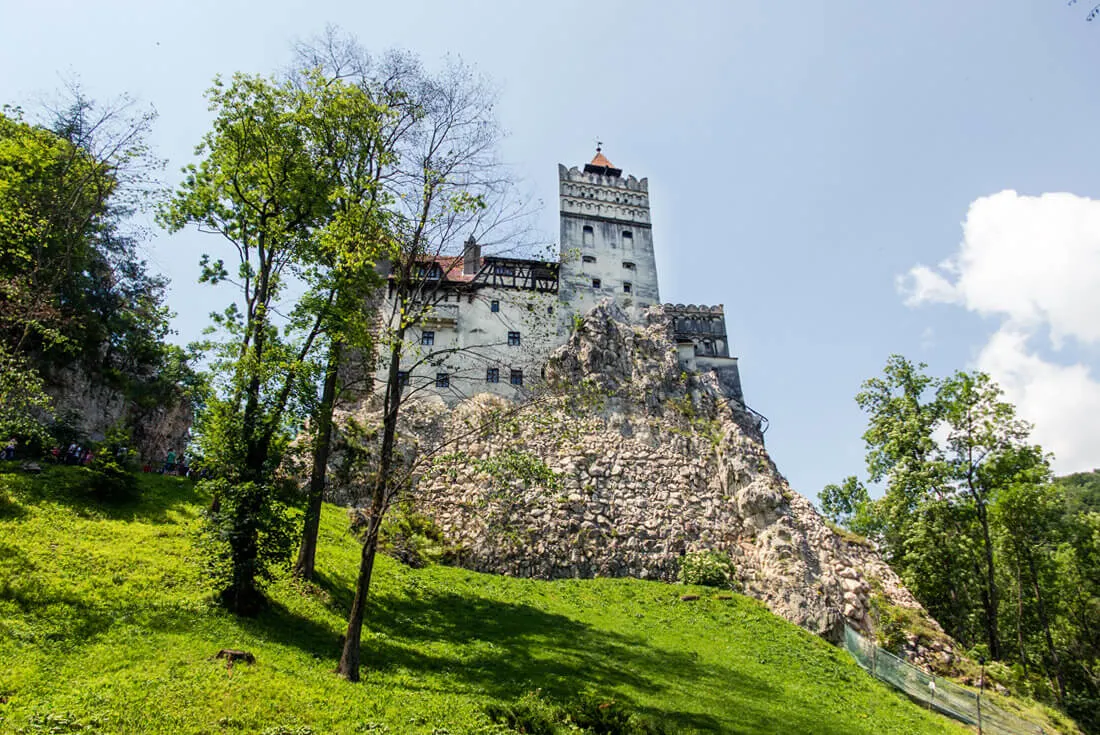
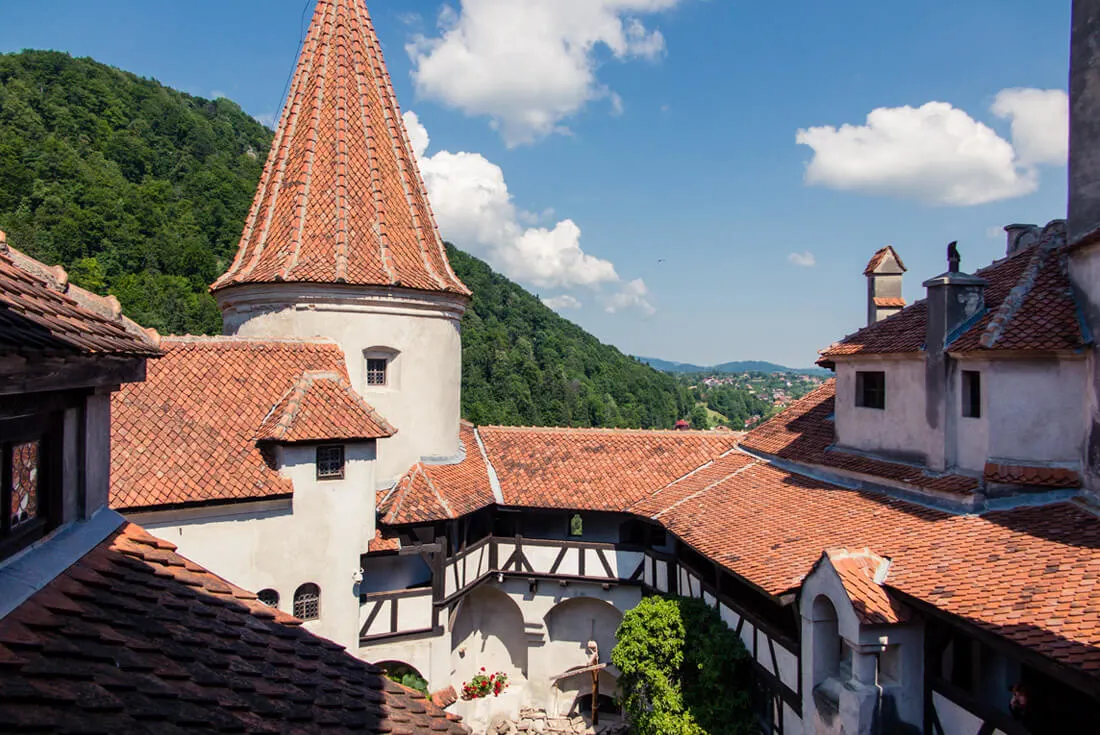
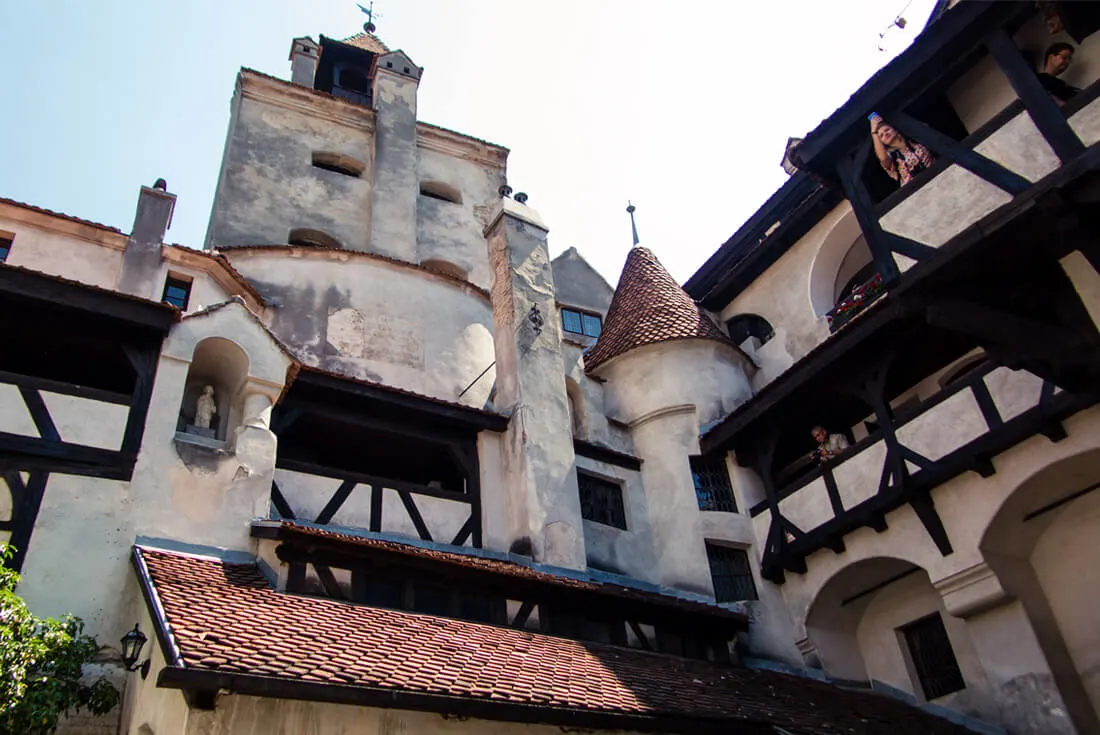
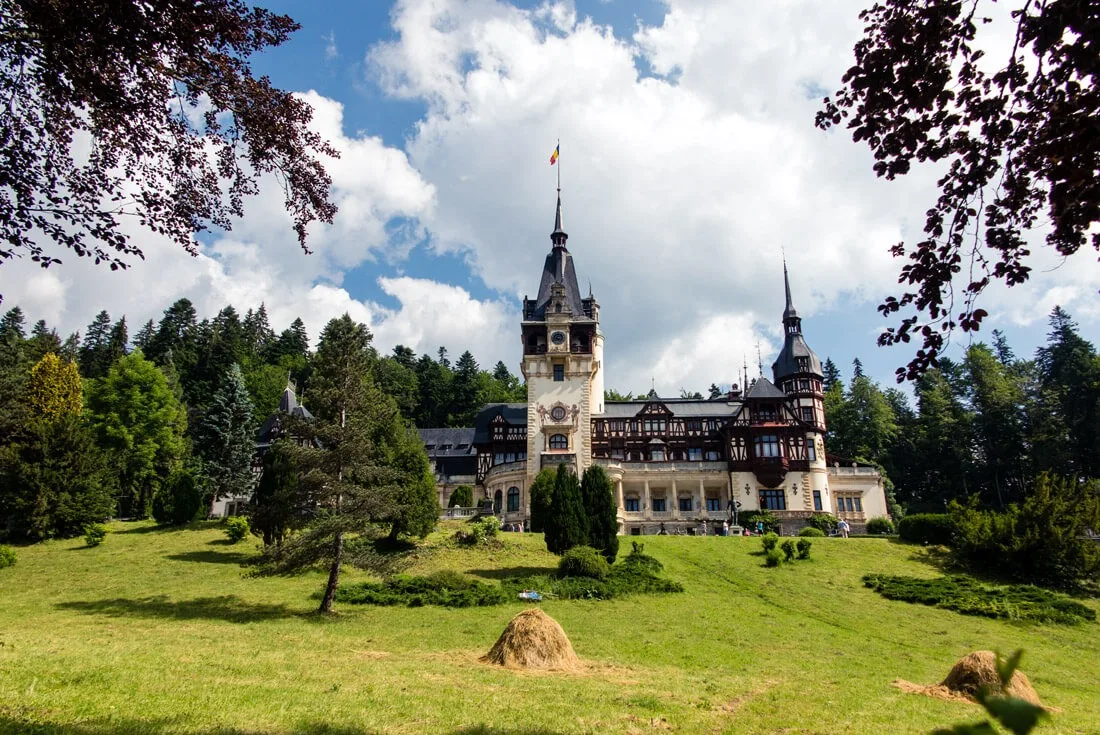
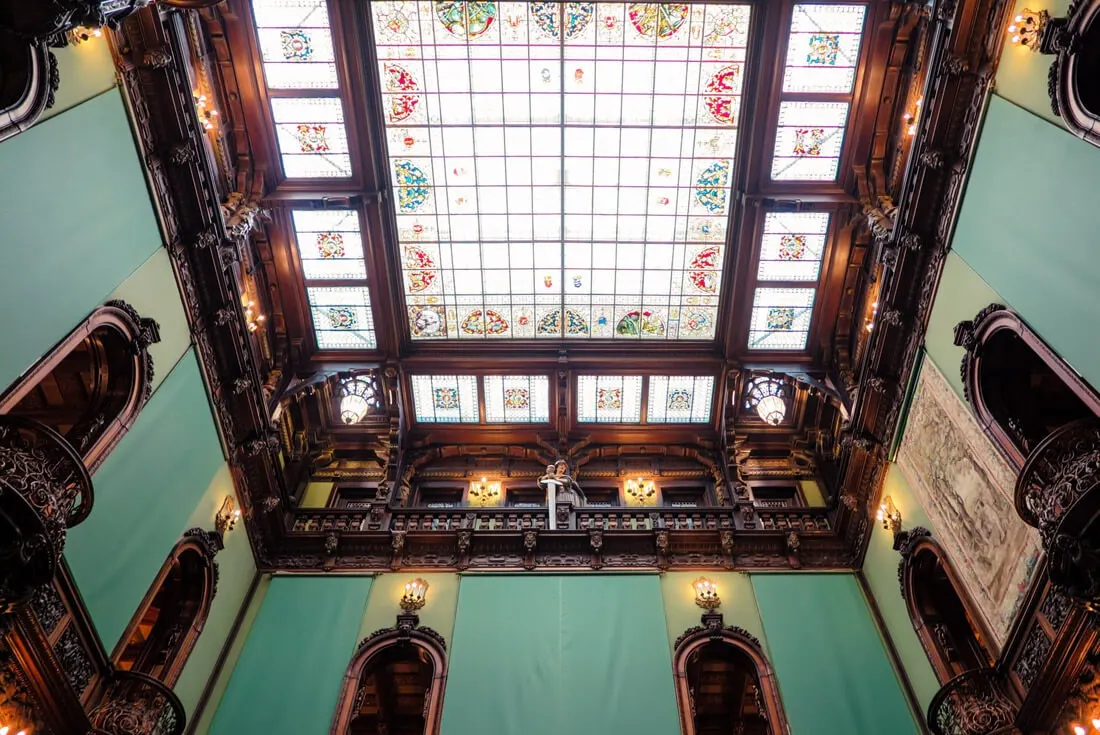
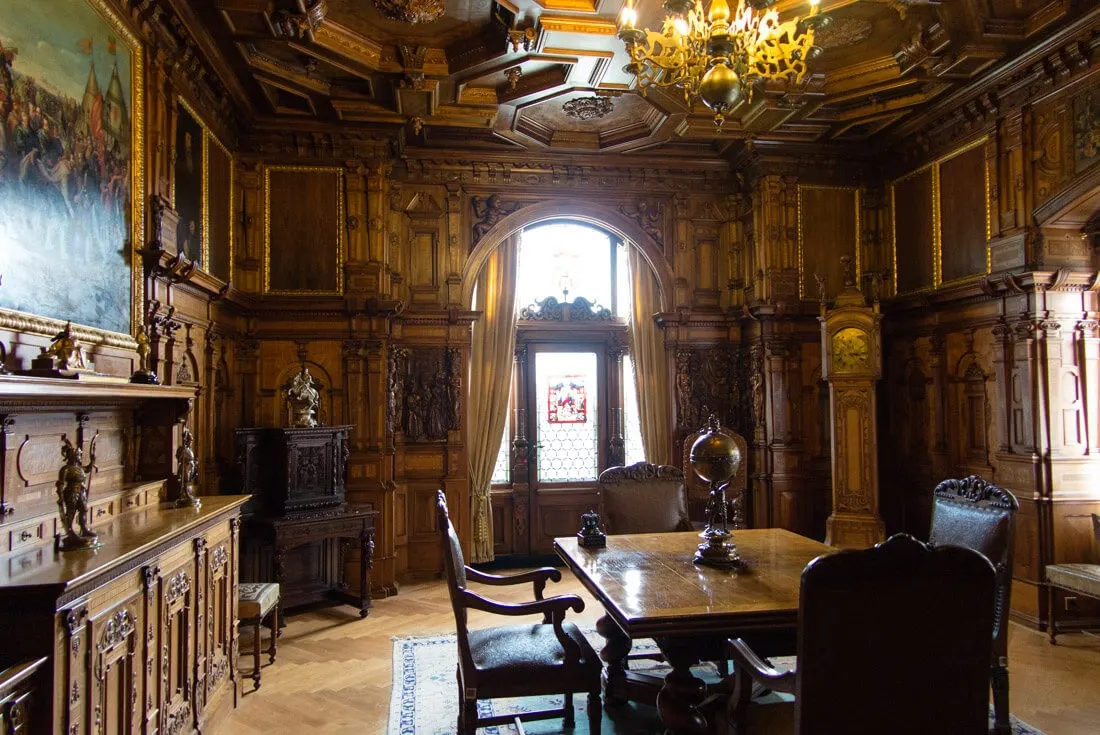
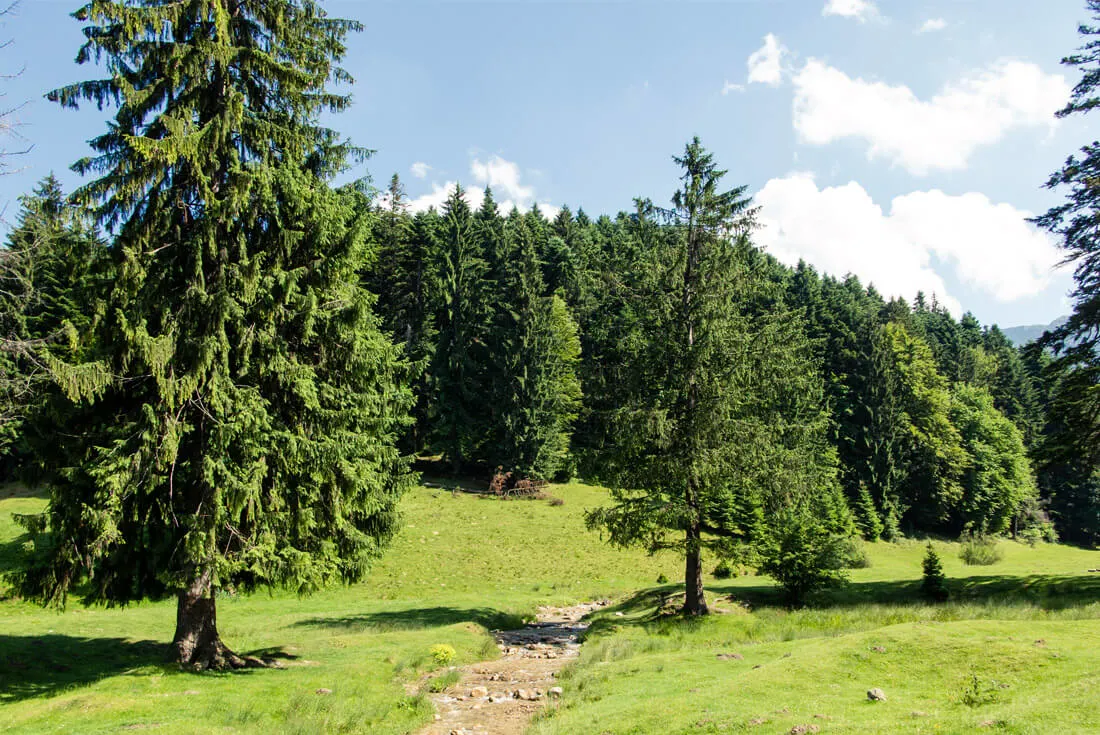
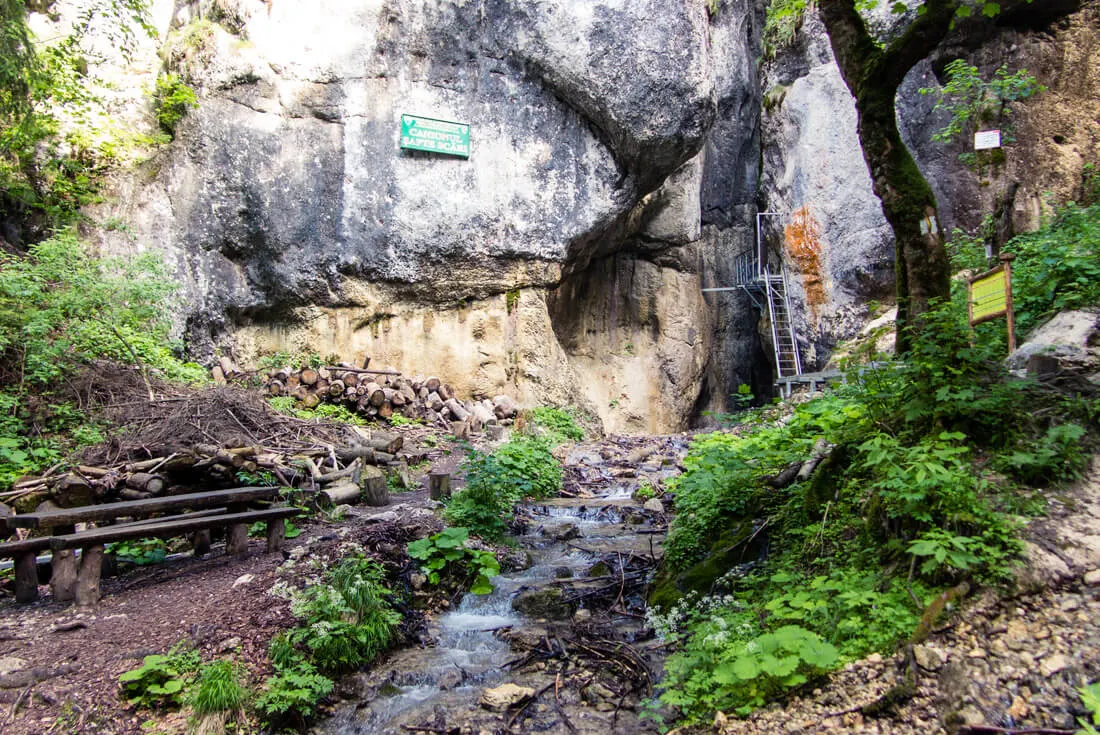
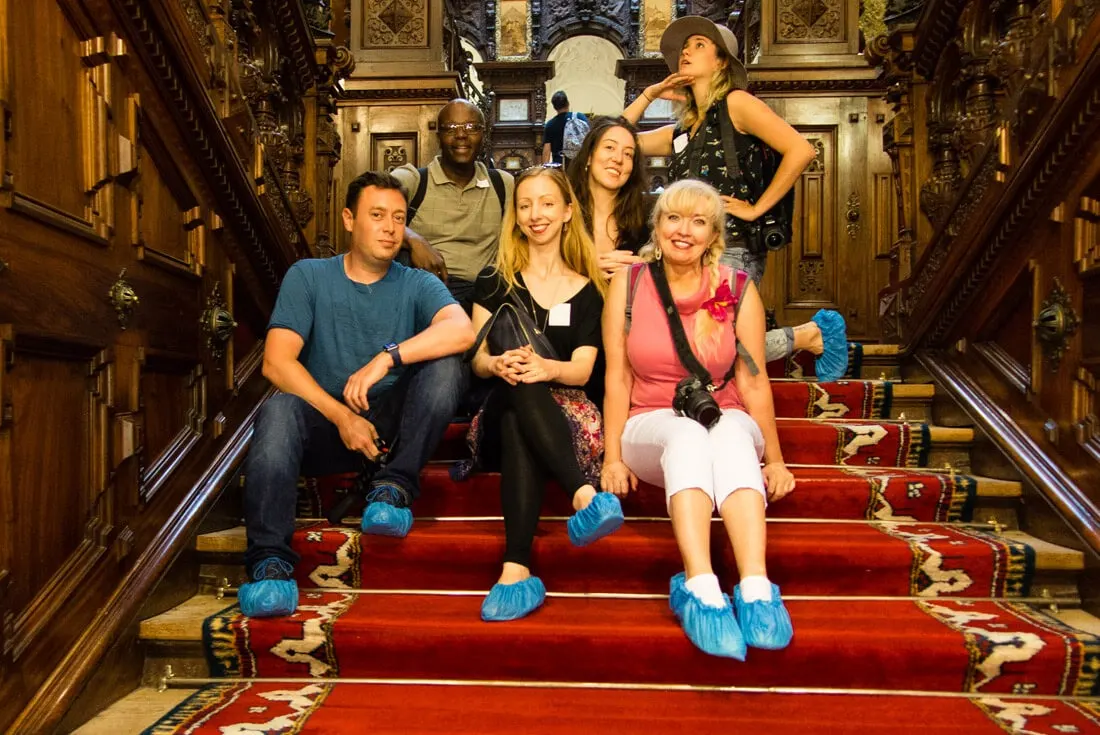
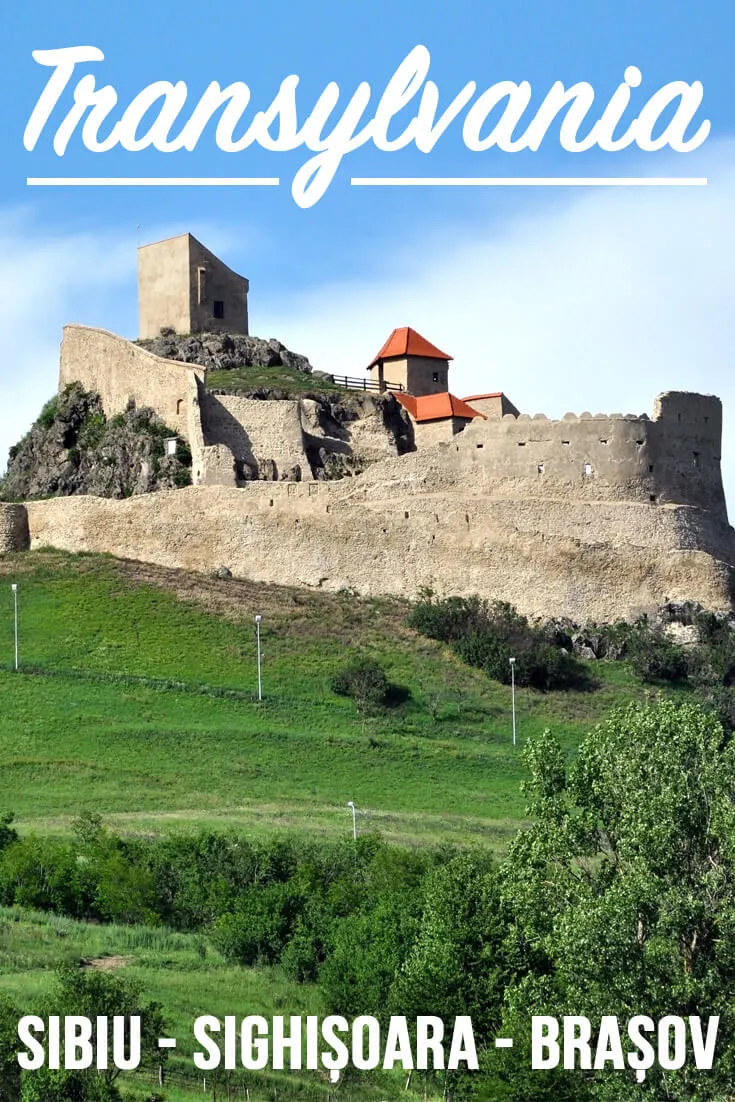
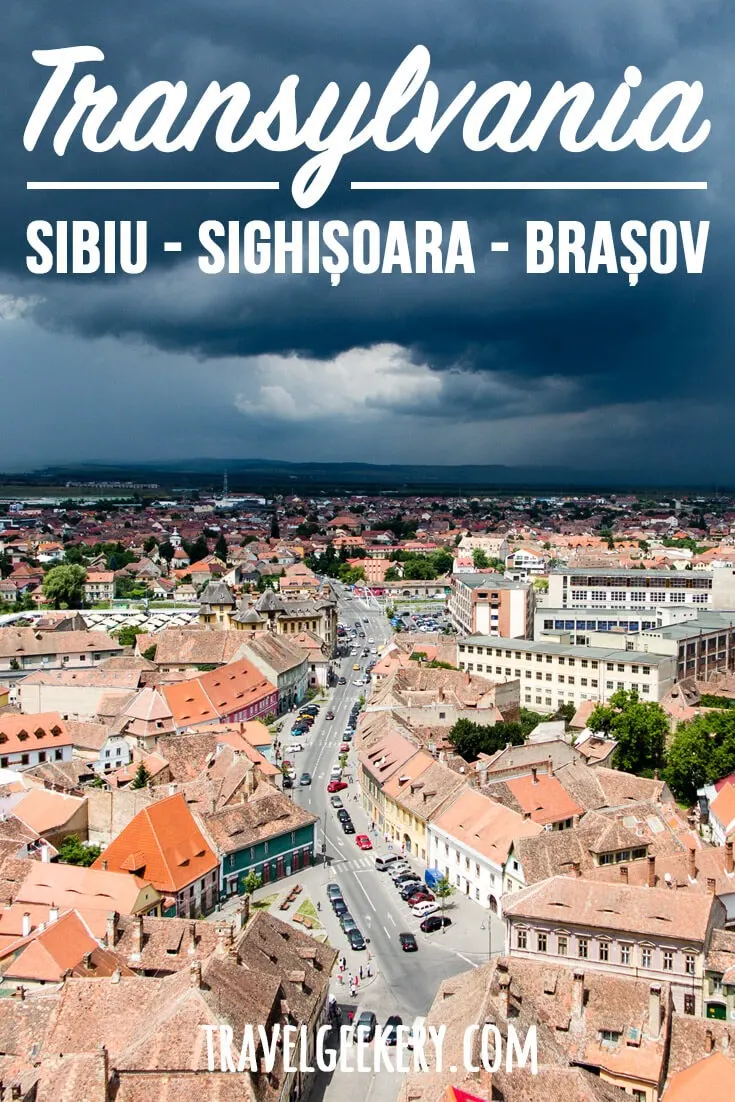
Pratheesh Karun
Thursday 9th of January 2020
This is amazing, wonderful pictures, I love to go visit Transylvania
Alin
Monday 6th of January 2020
I live near Sibiu but I didn't know about Jules restaurant -I have to try it-thanks for sharing
Rejith
Thursday 26th of December 2019
This is amazing, wonderful pictures, I love to go visit Transylvania
Nikhil
Monday 8th of October 2018
Such a gorgeous Blog and the views of the mountains are incredible, would love to photograph this place <3
Veronika
Tuesday 27th of November 2018
Thank you Nikhil, I highly recommend you visit Romania! The views of mountains when e.g. crossing the Transfagarasan mountain range are amazing. So are the mountains around towns like Brasov.
Aneesh Kerala
Friday 5th of October 2018
Fantastic pictures, this post definitely convinced me to go and visit this beautiful country!.
Veronika
Tuesday 27th of November 2018
Glad to hear that, thank you :)